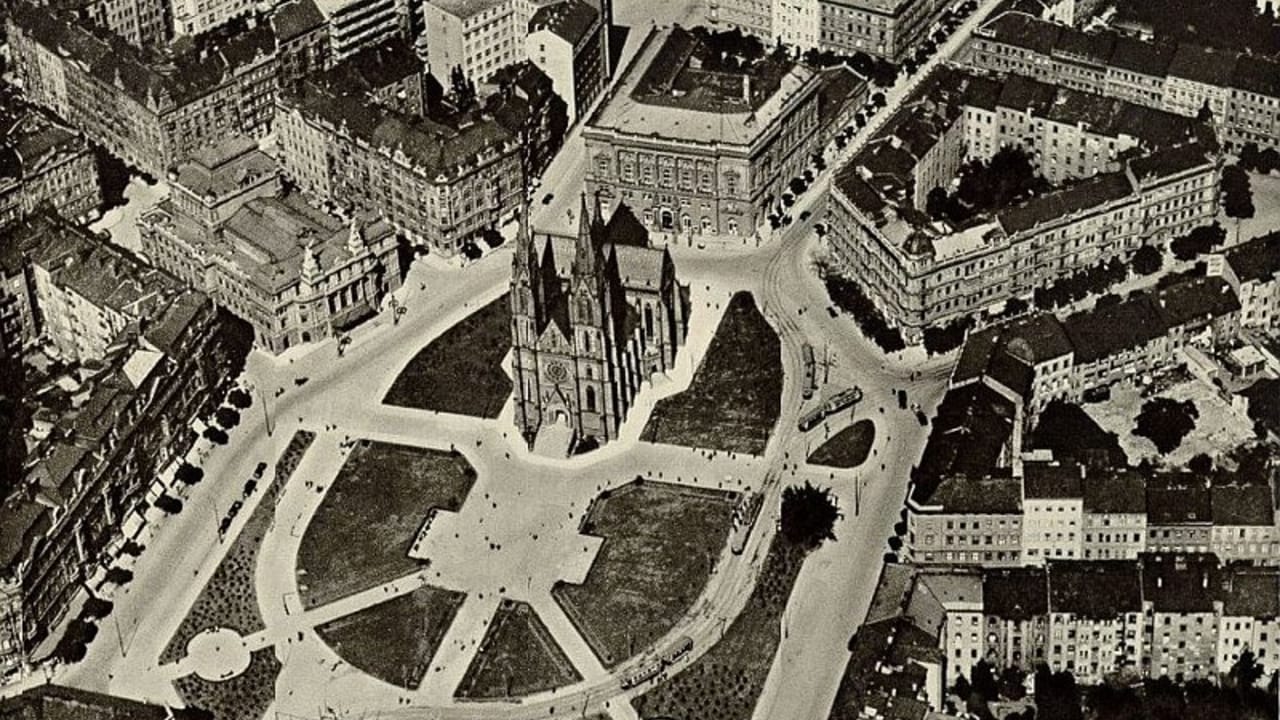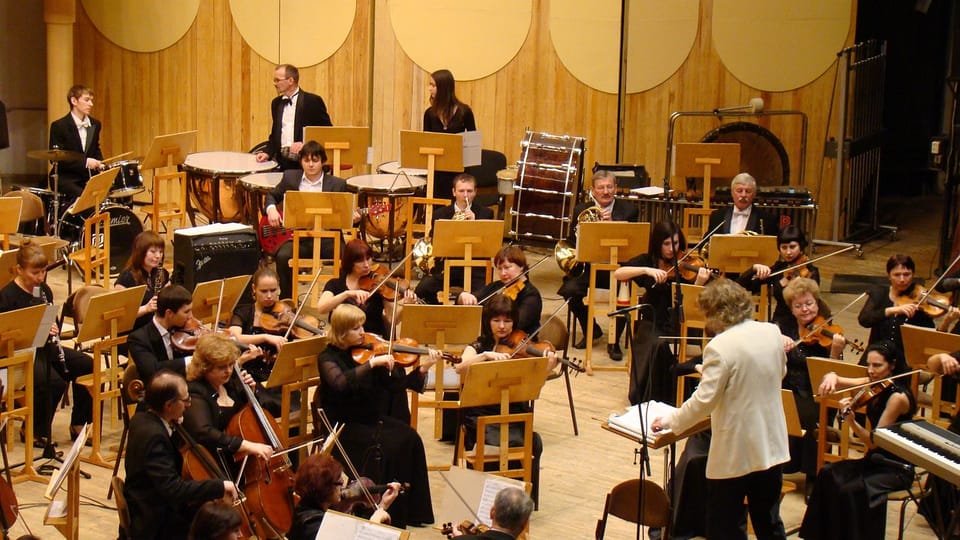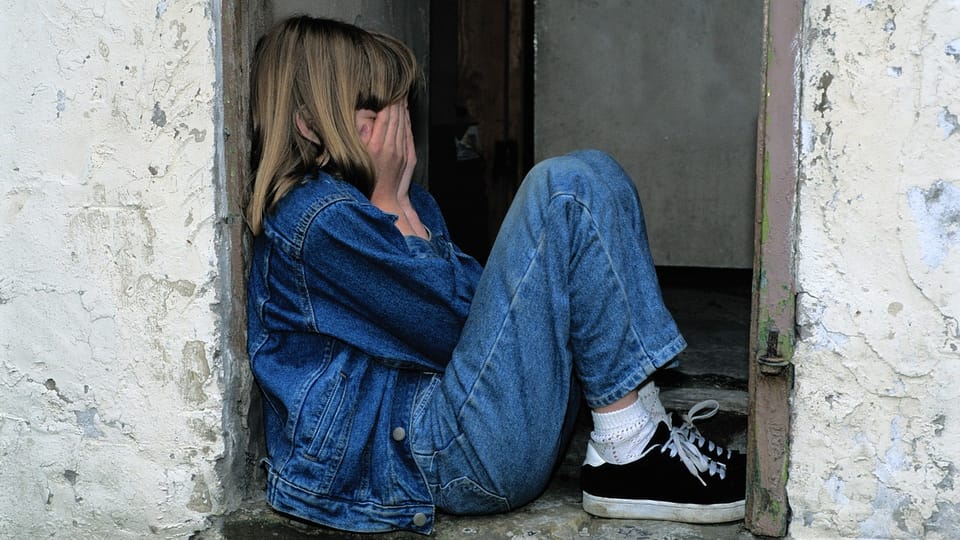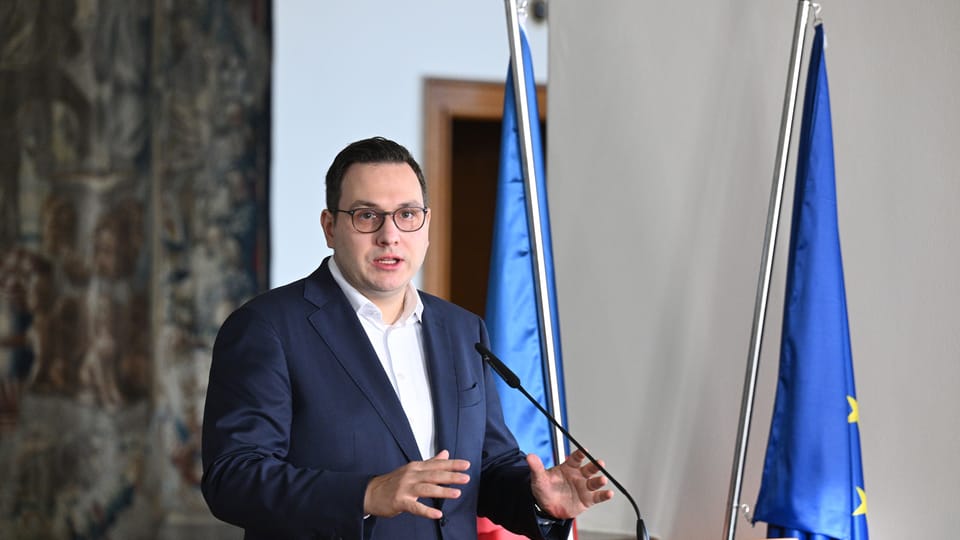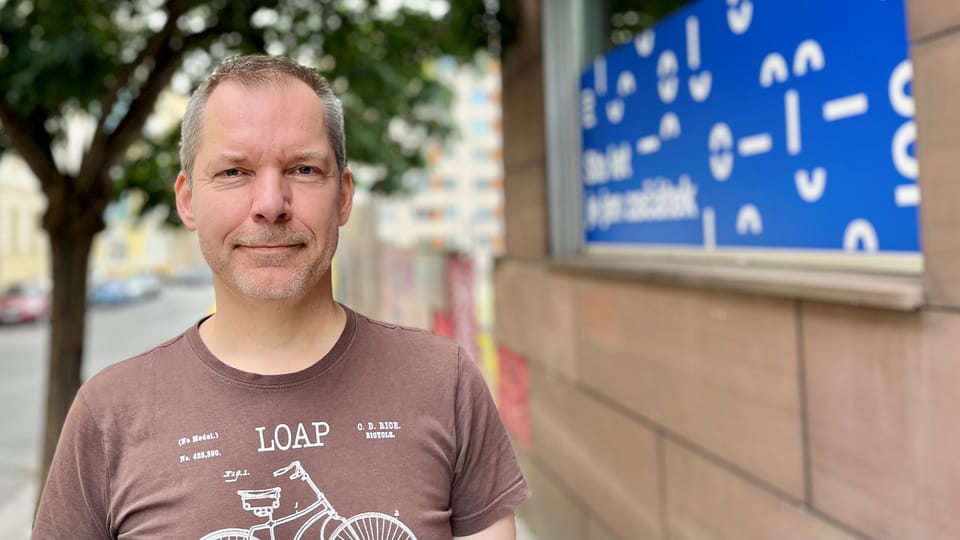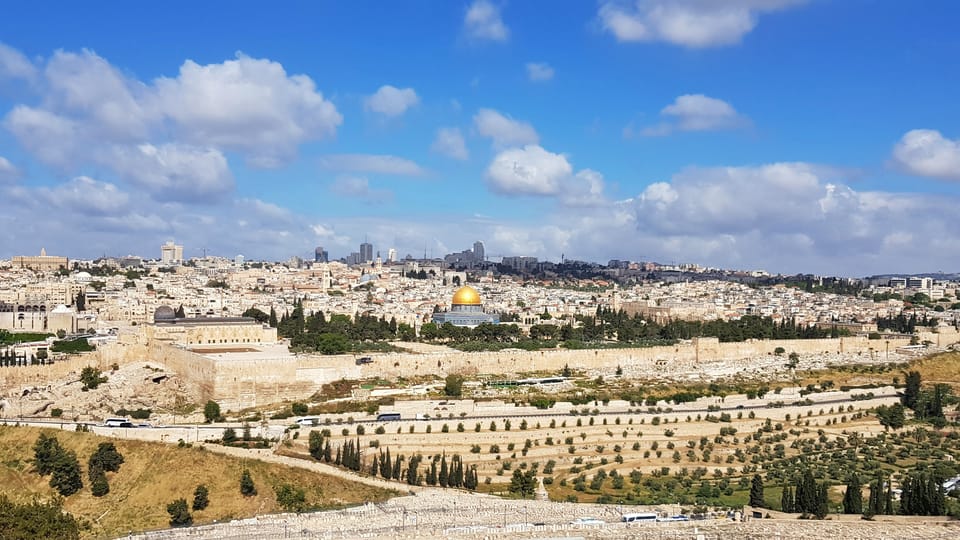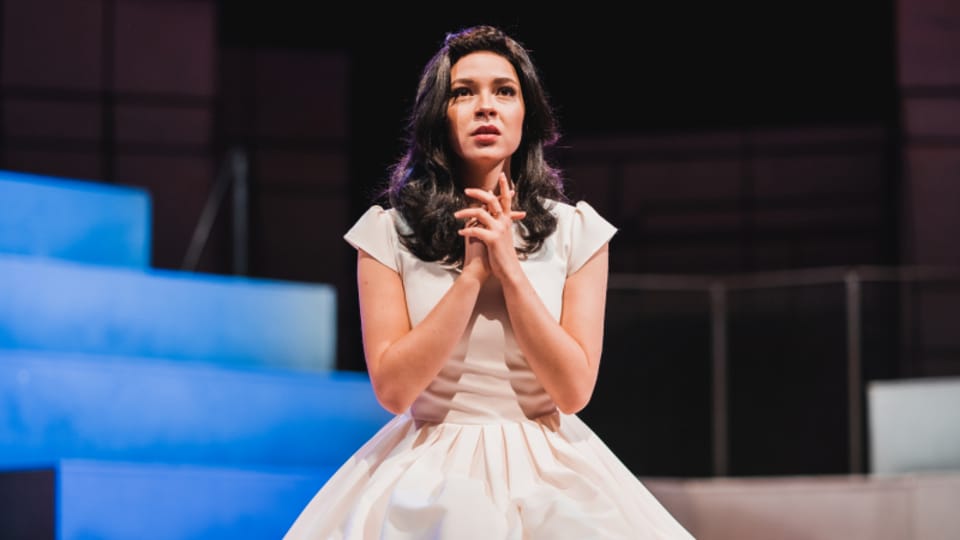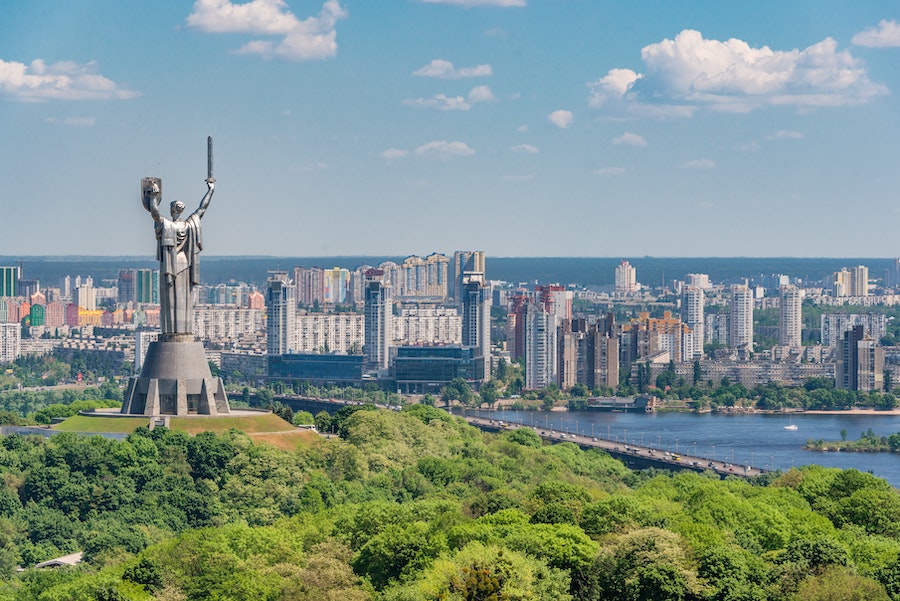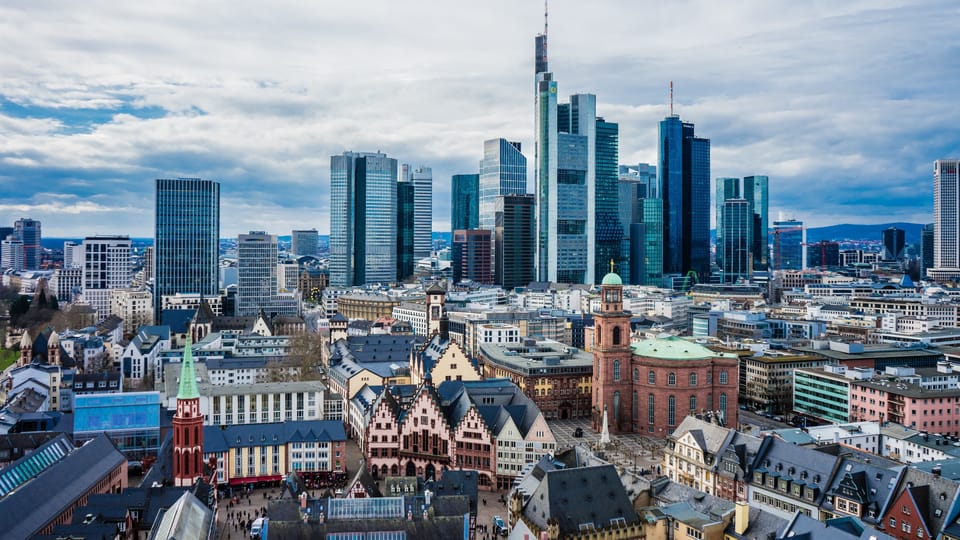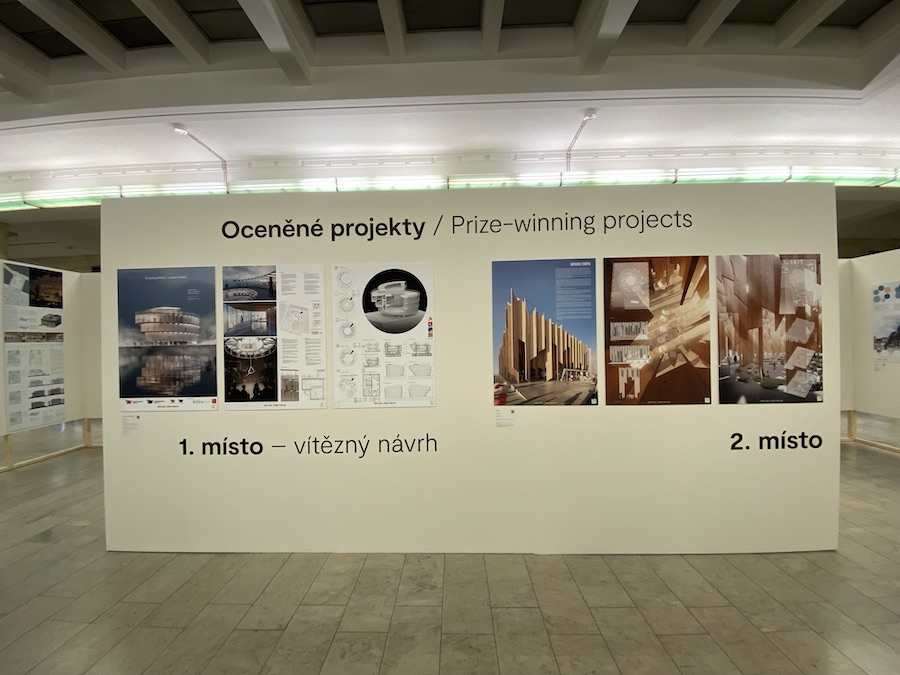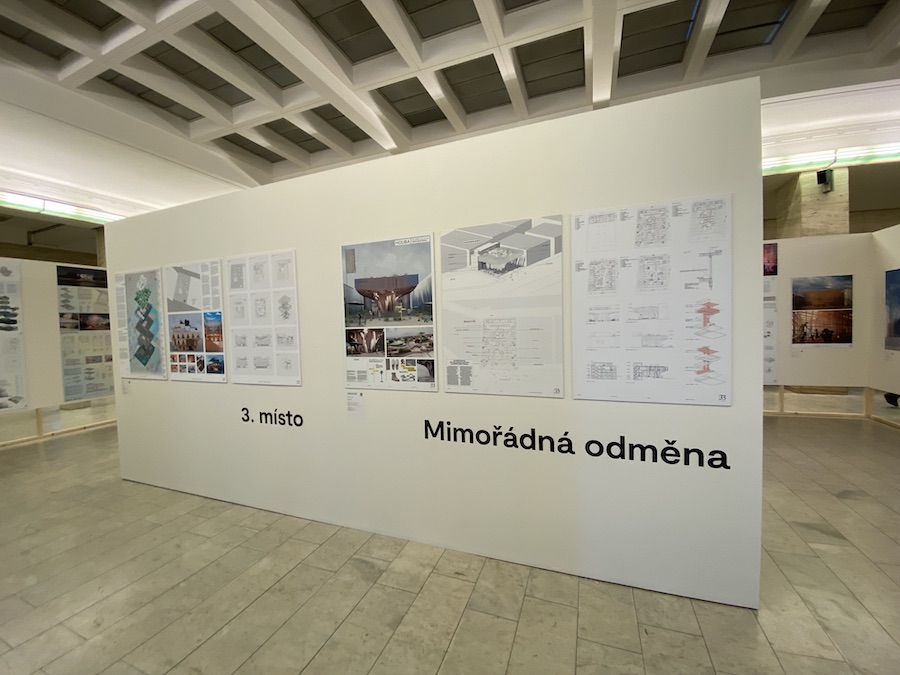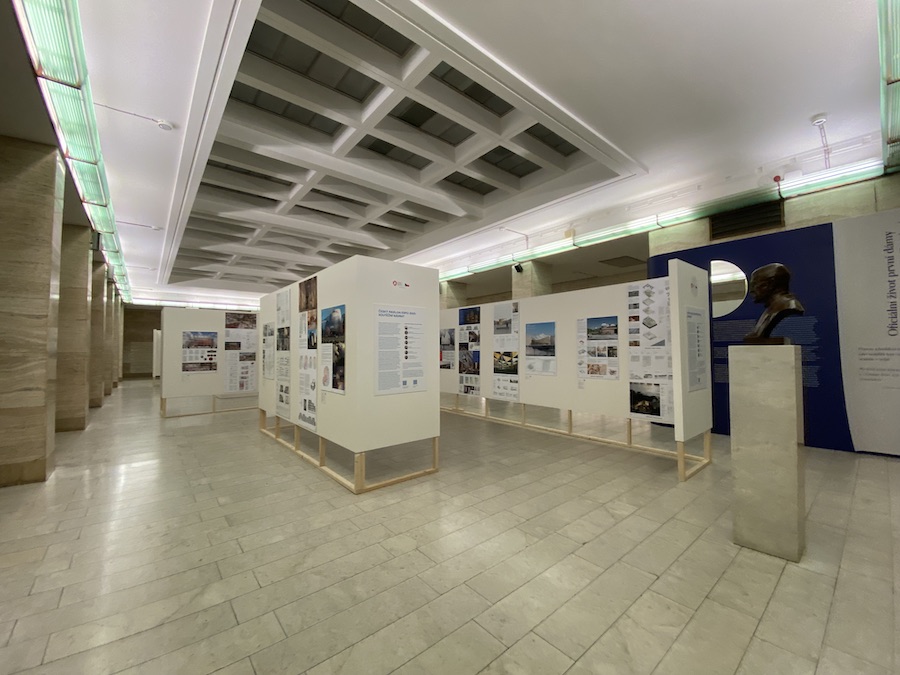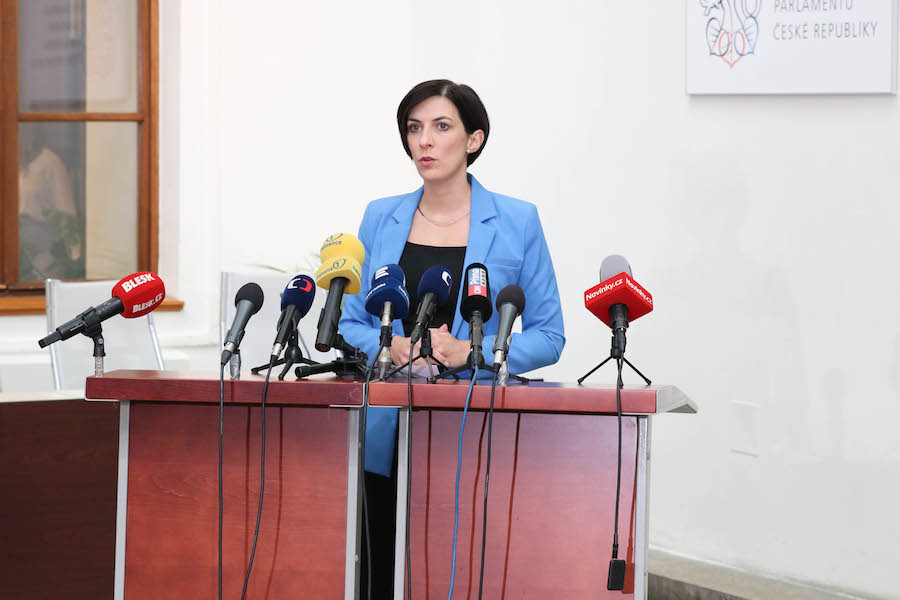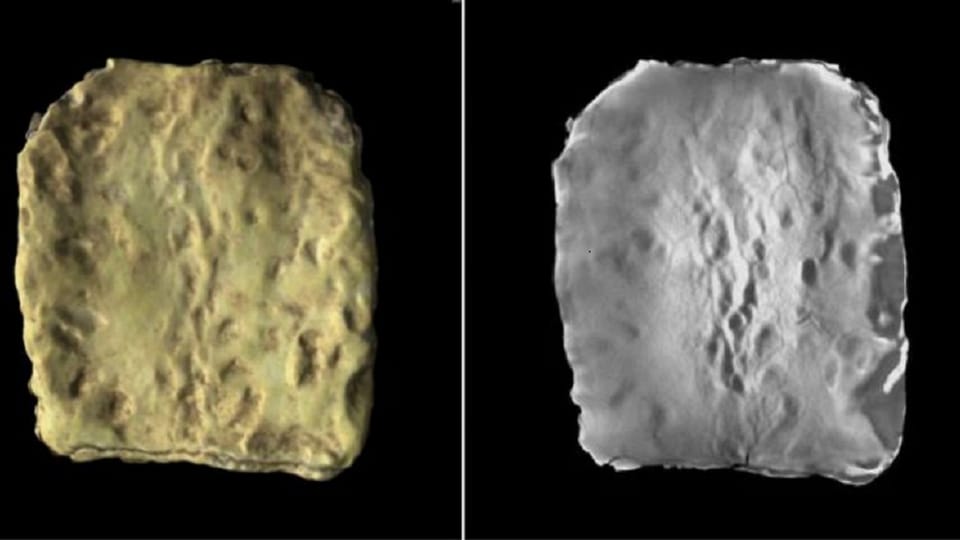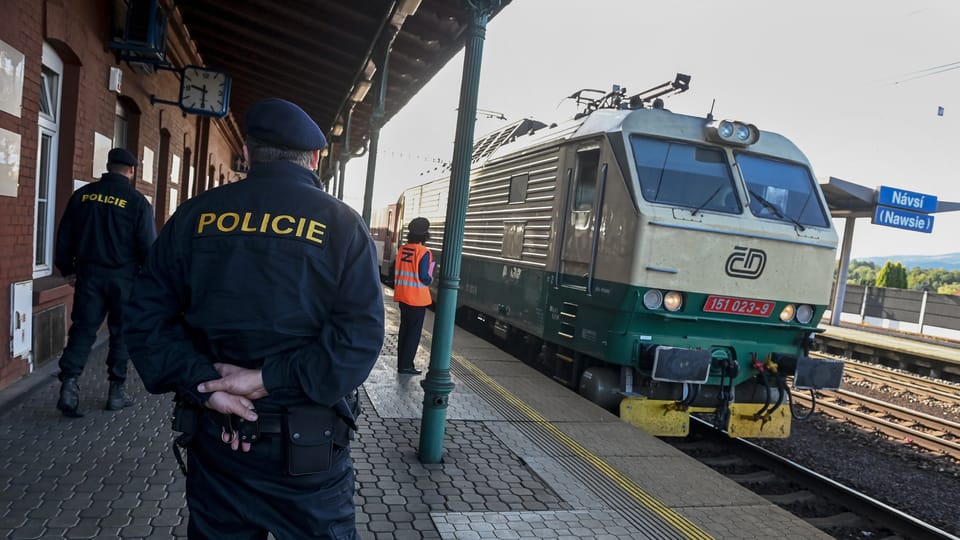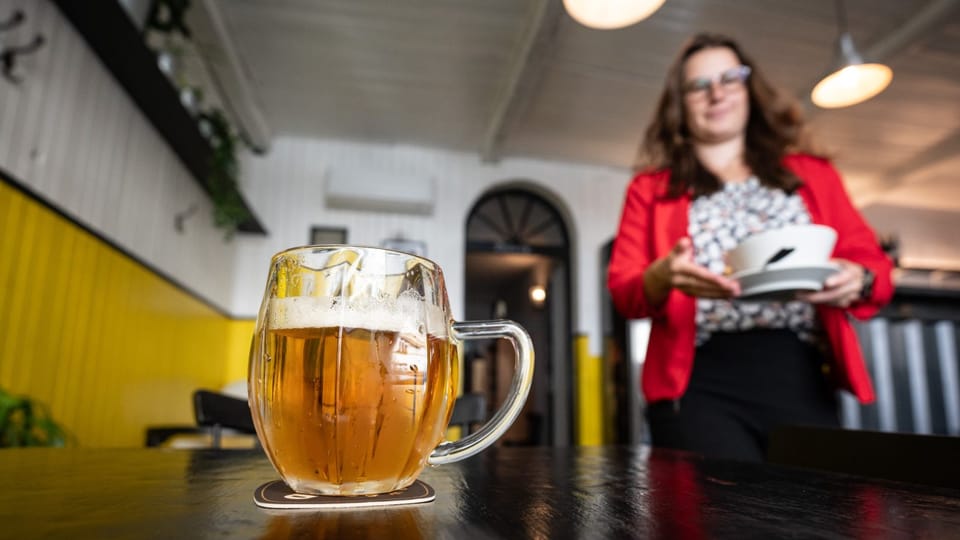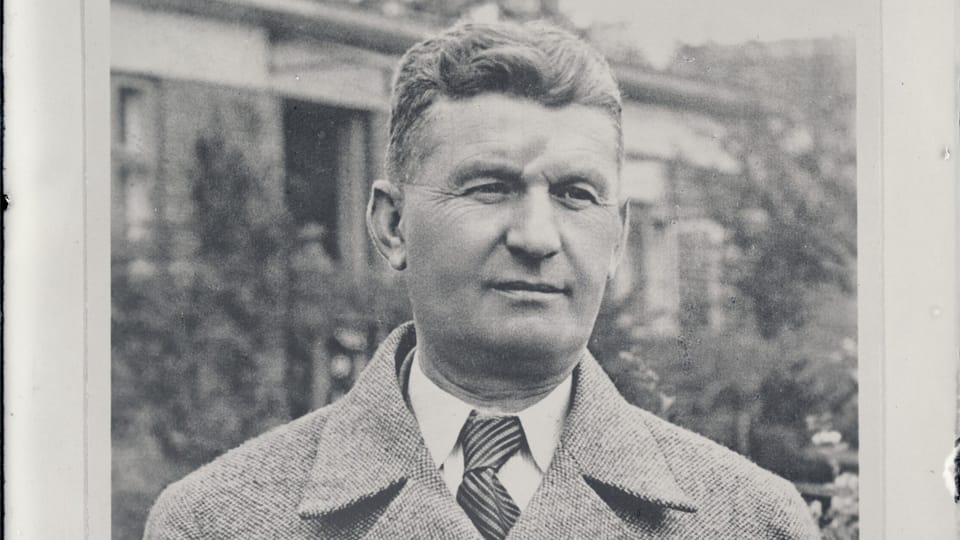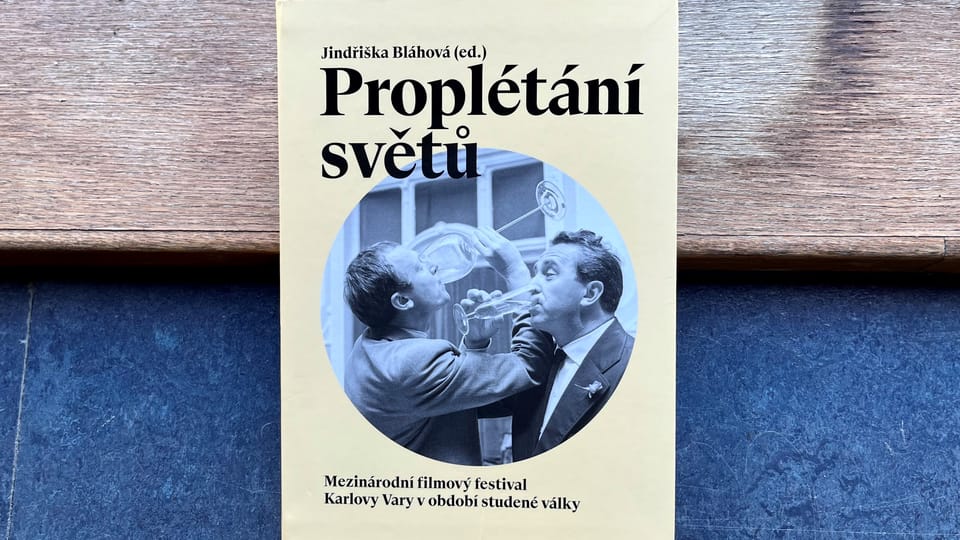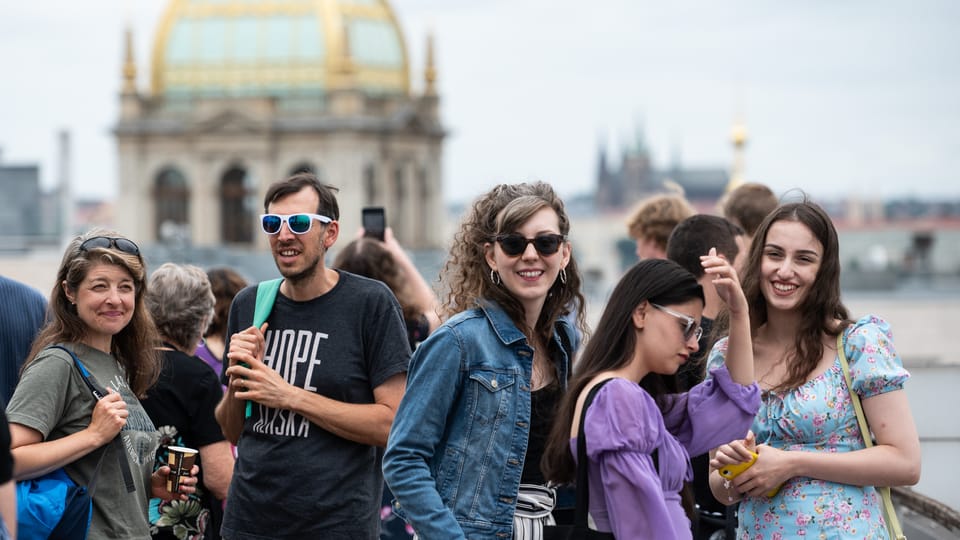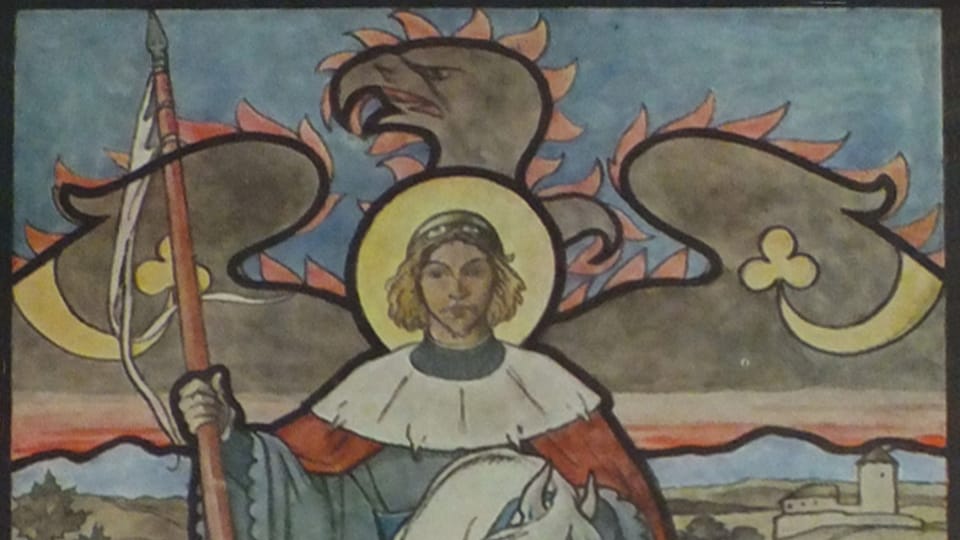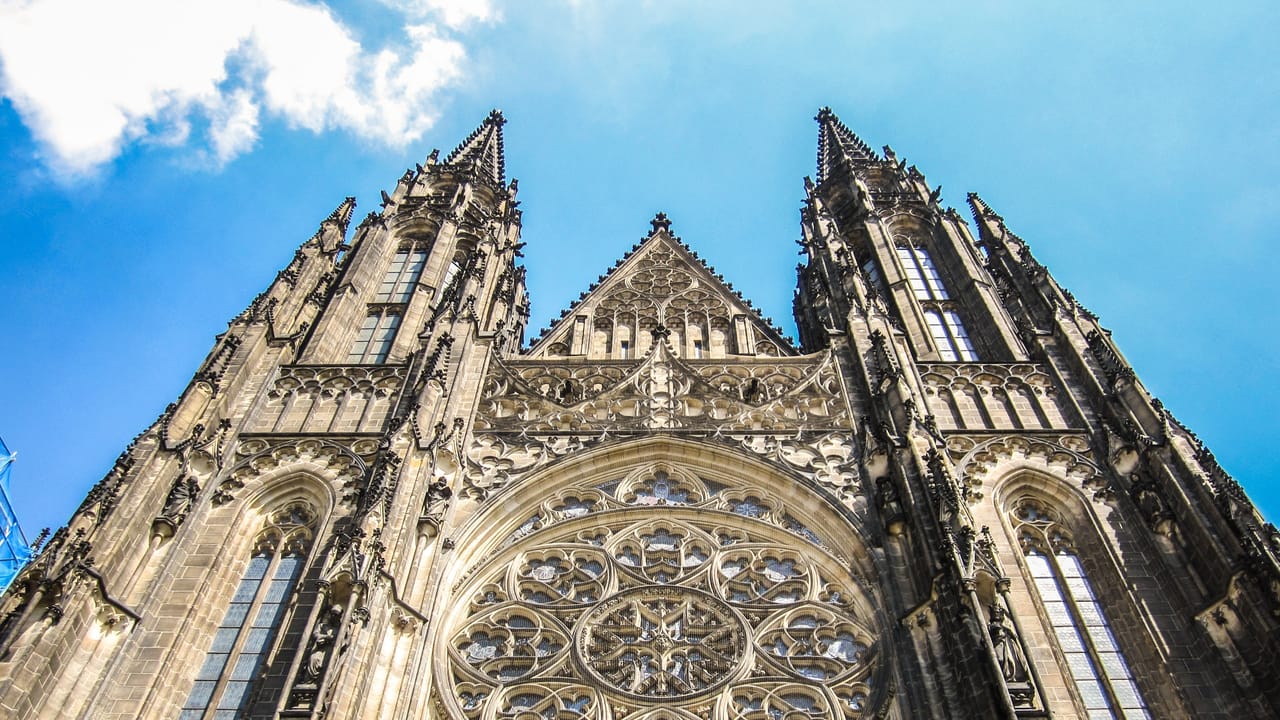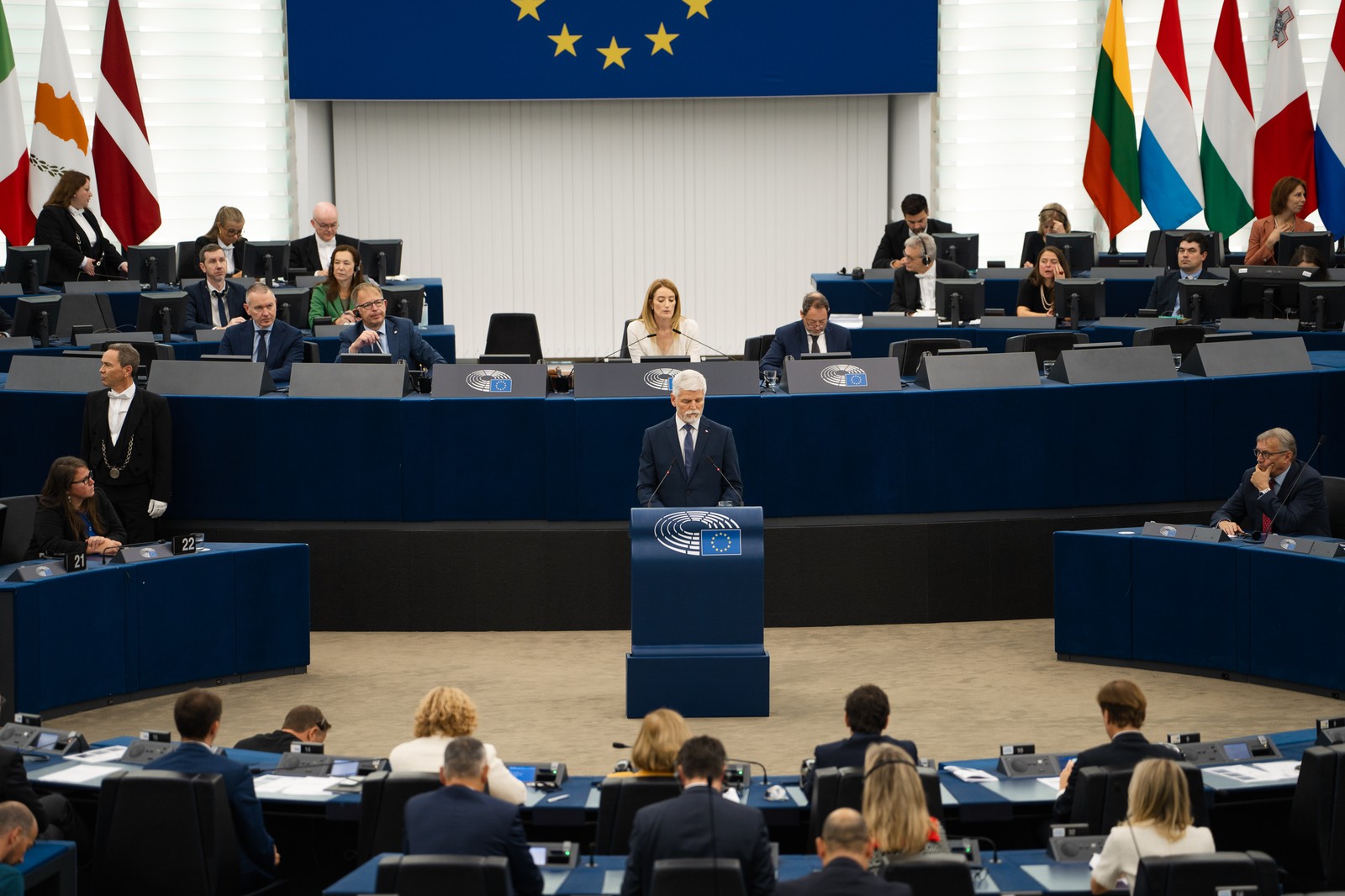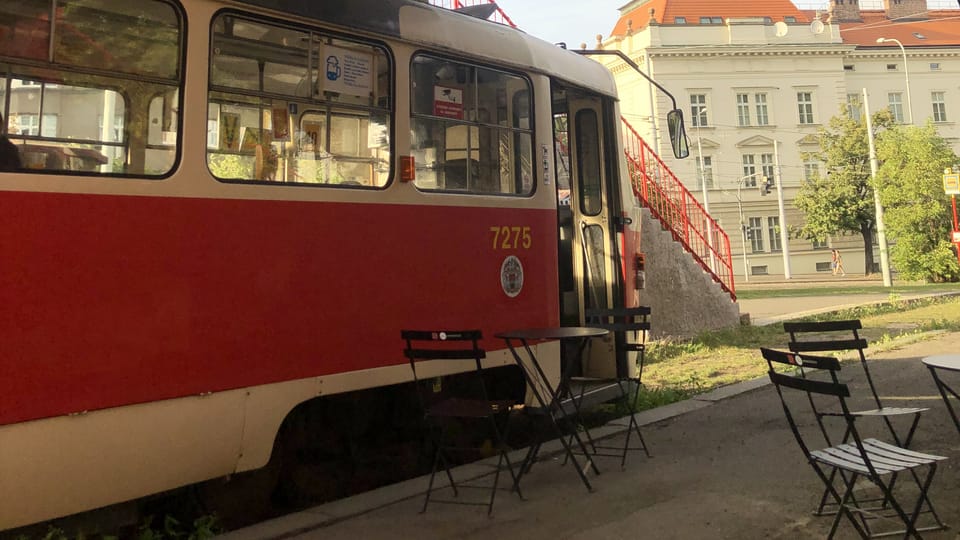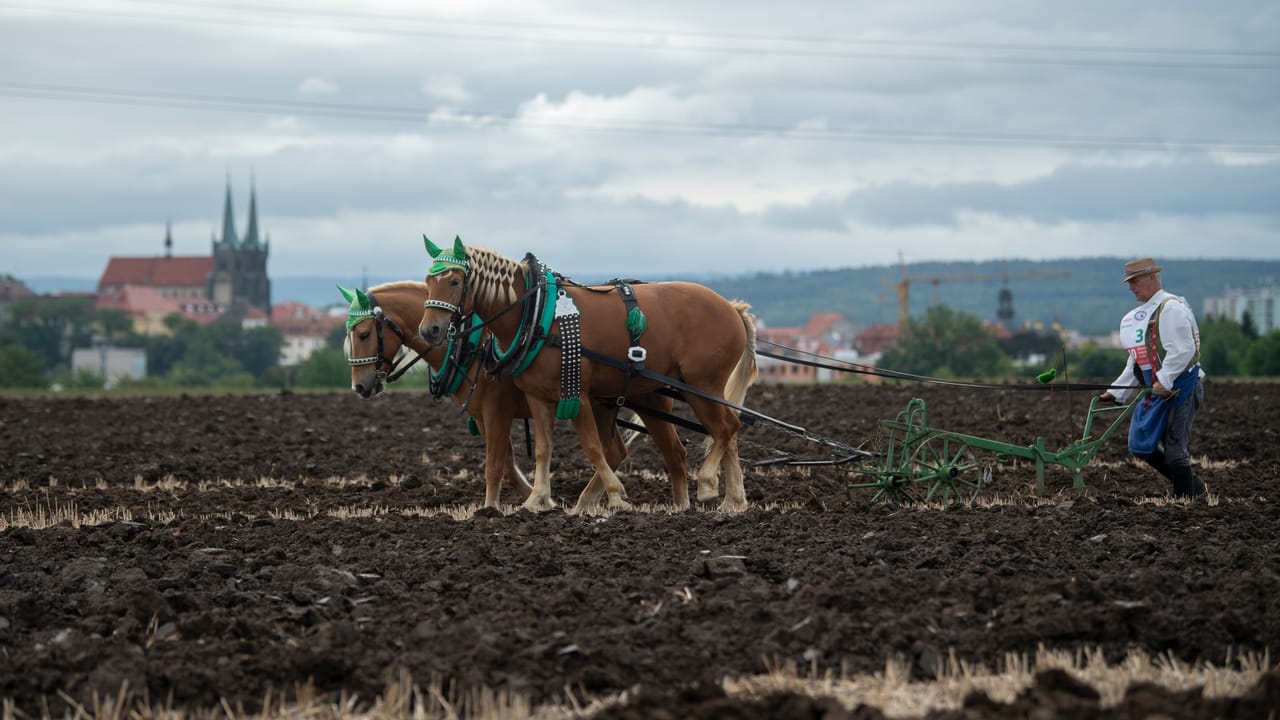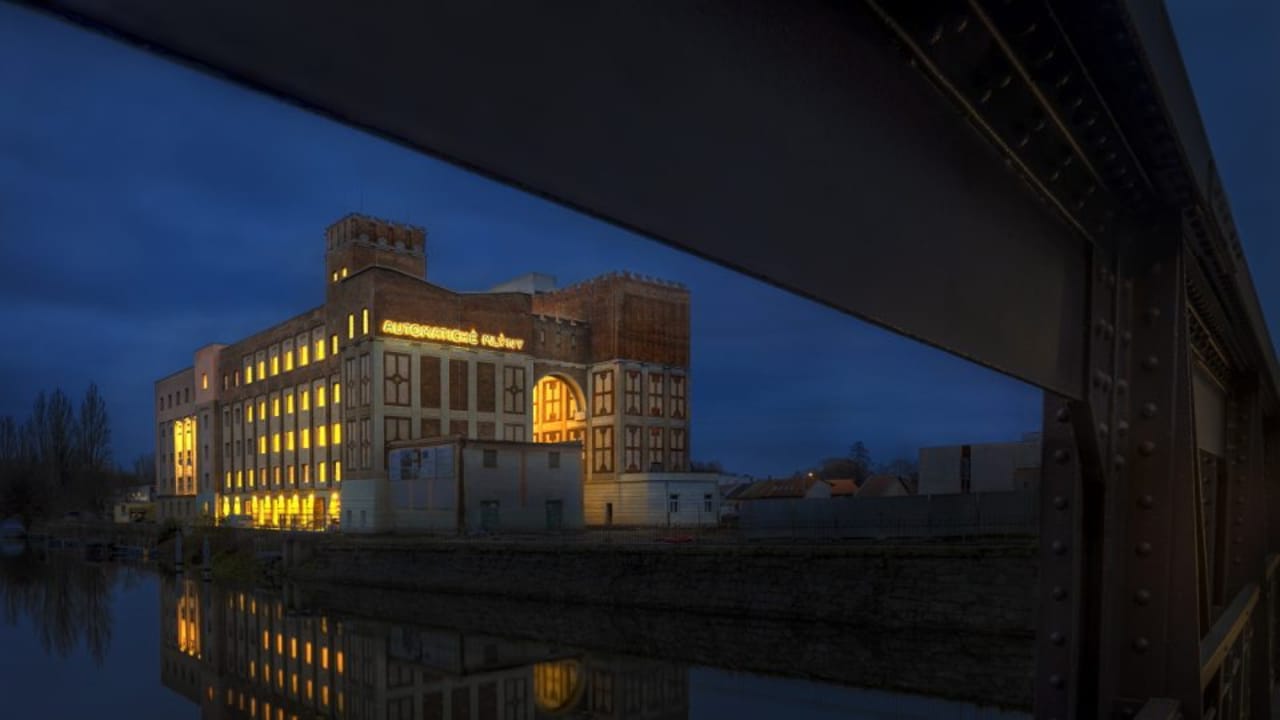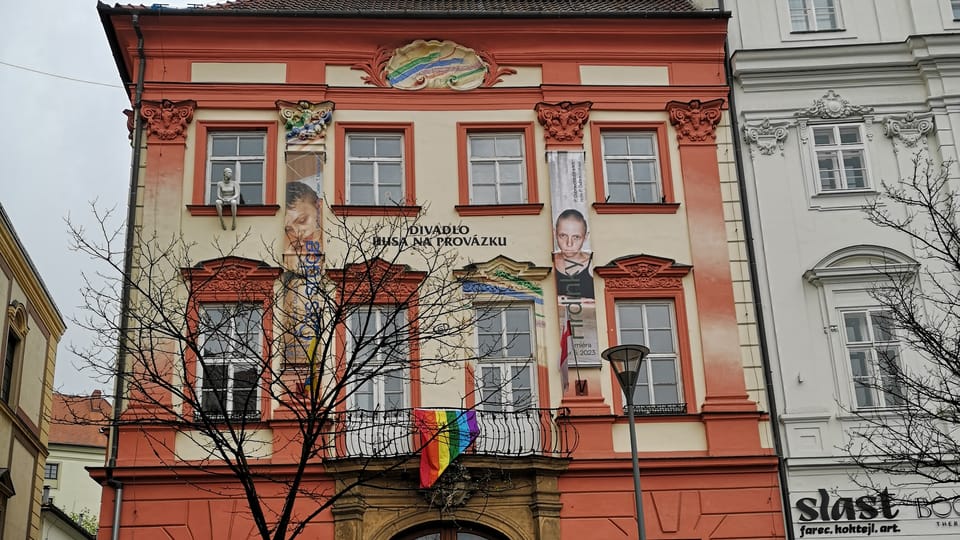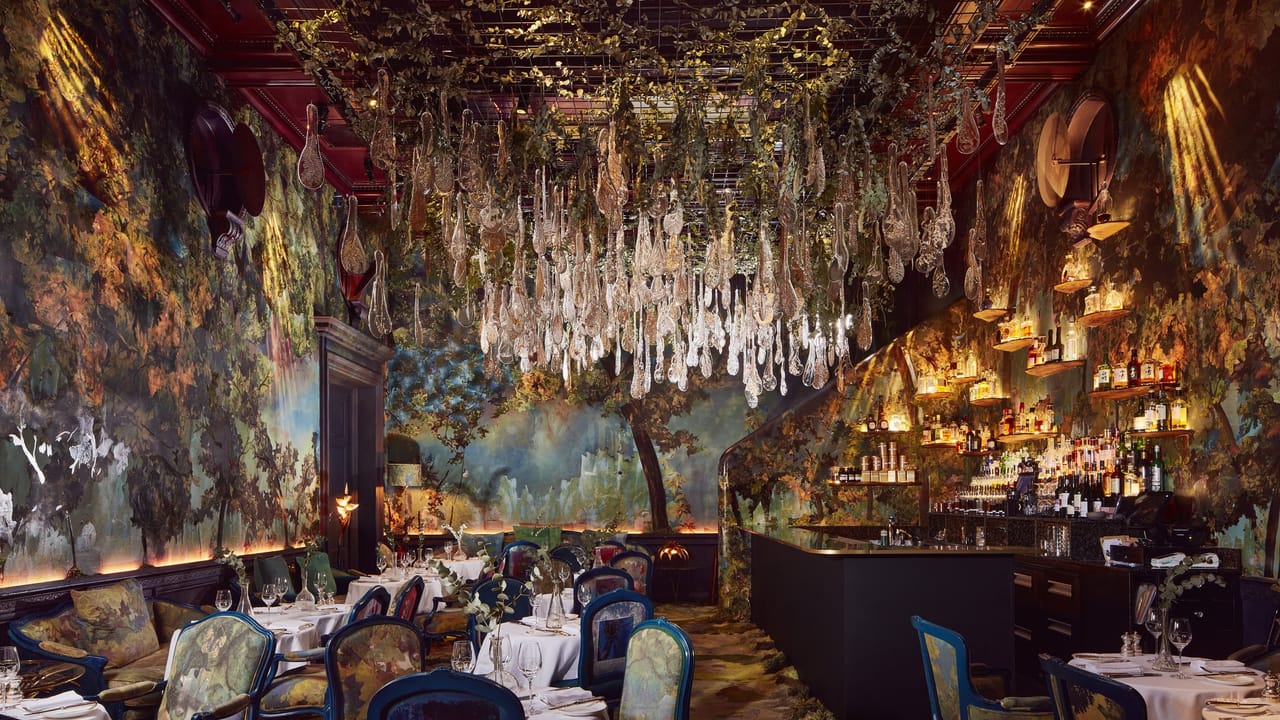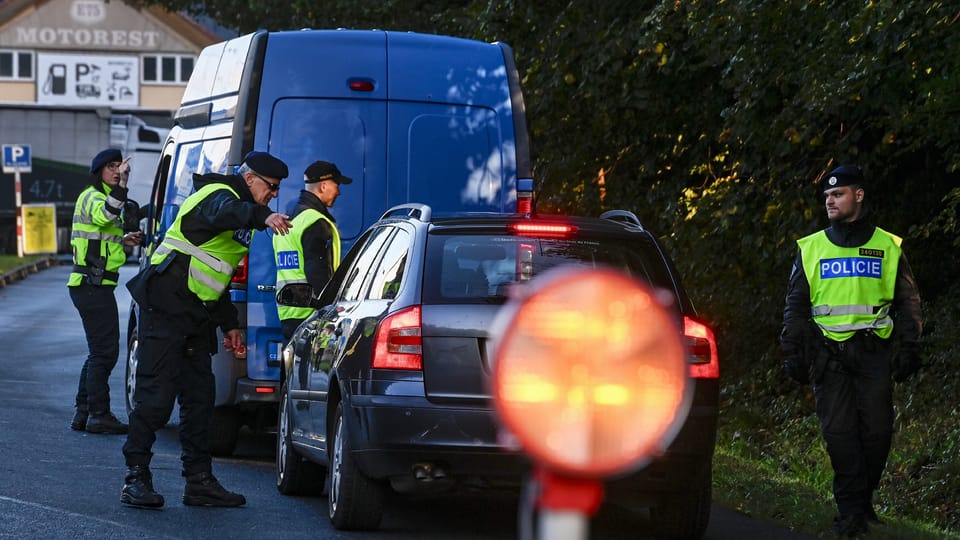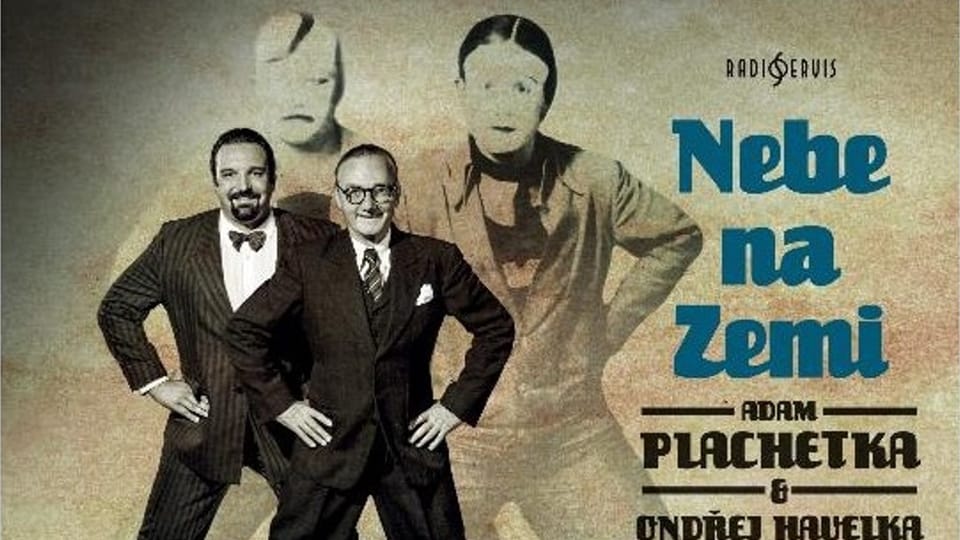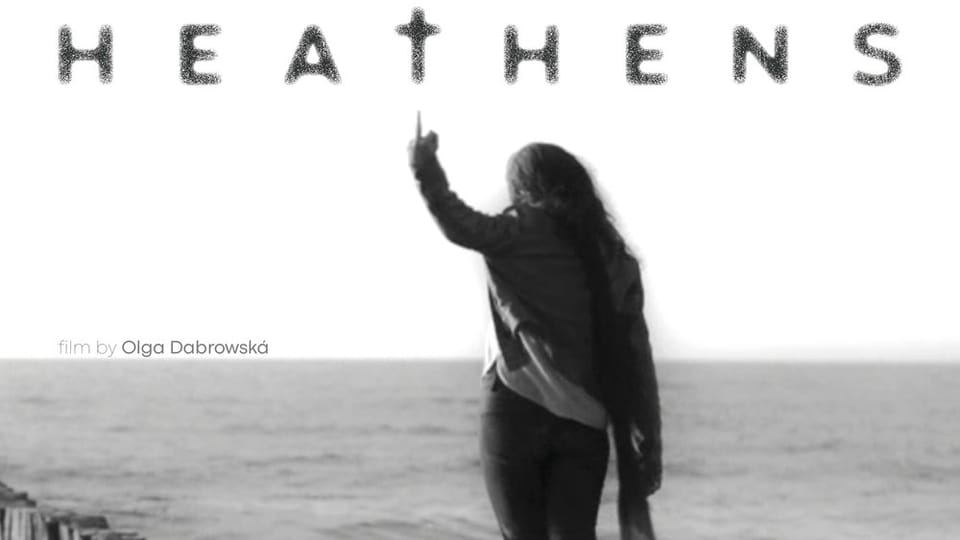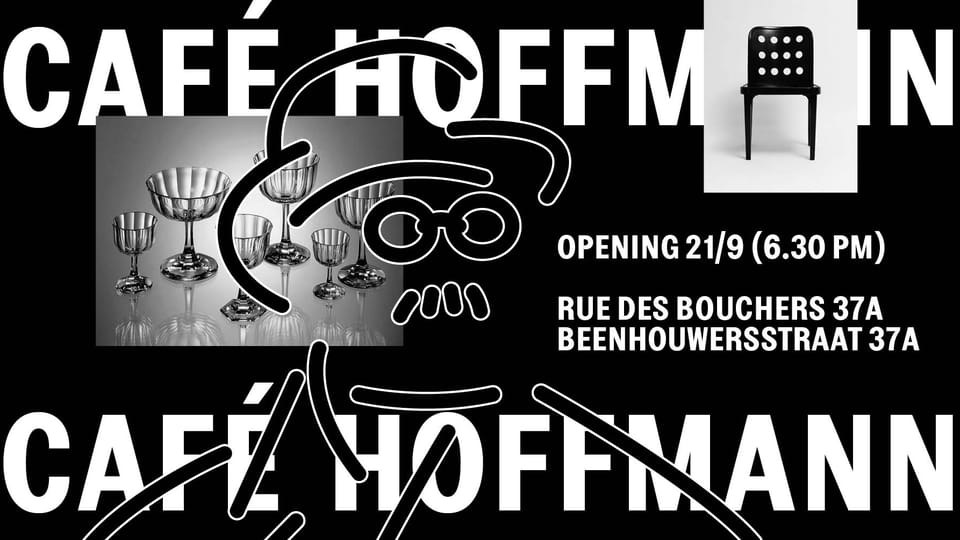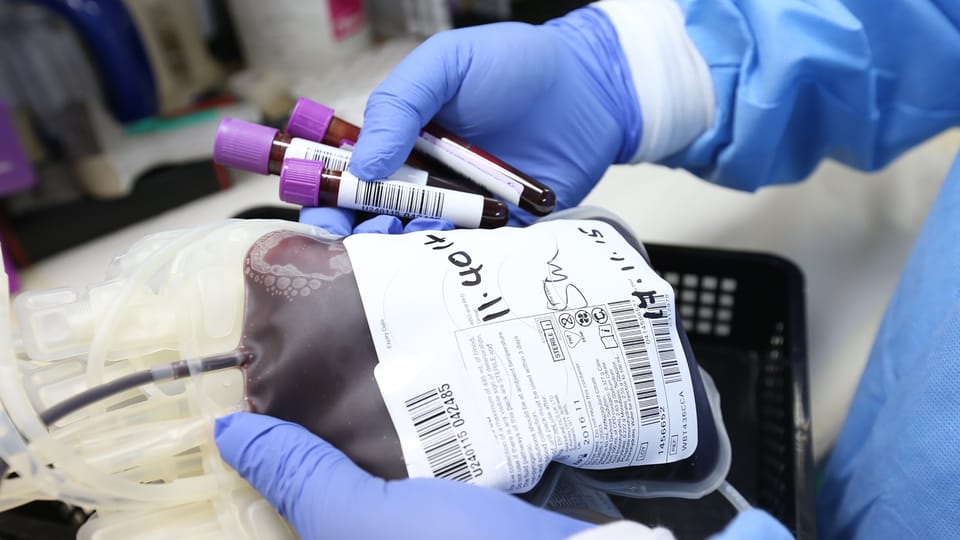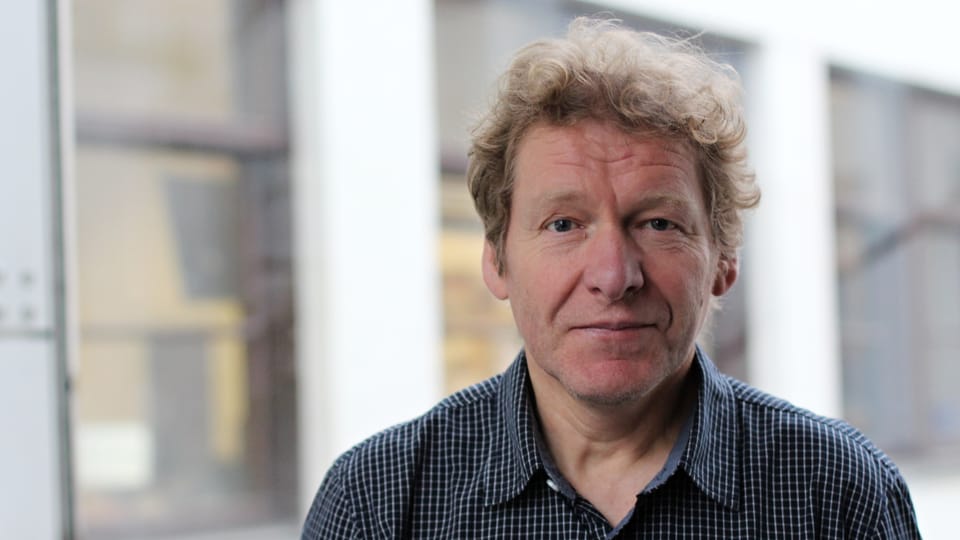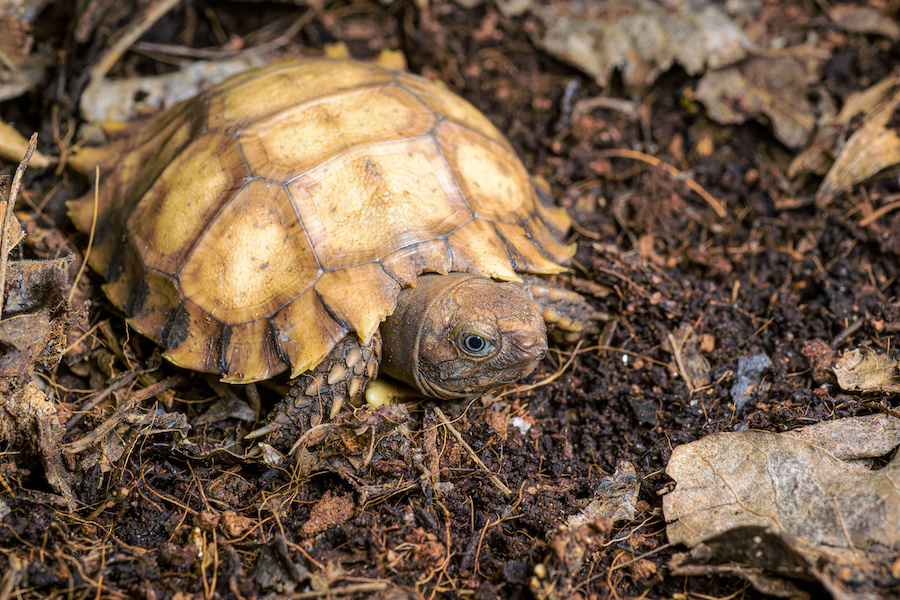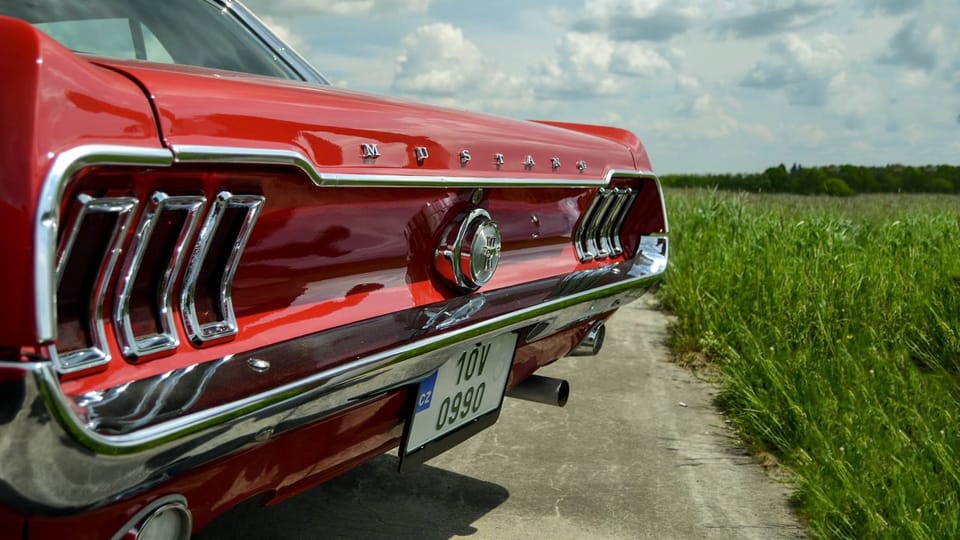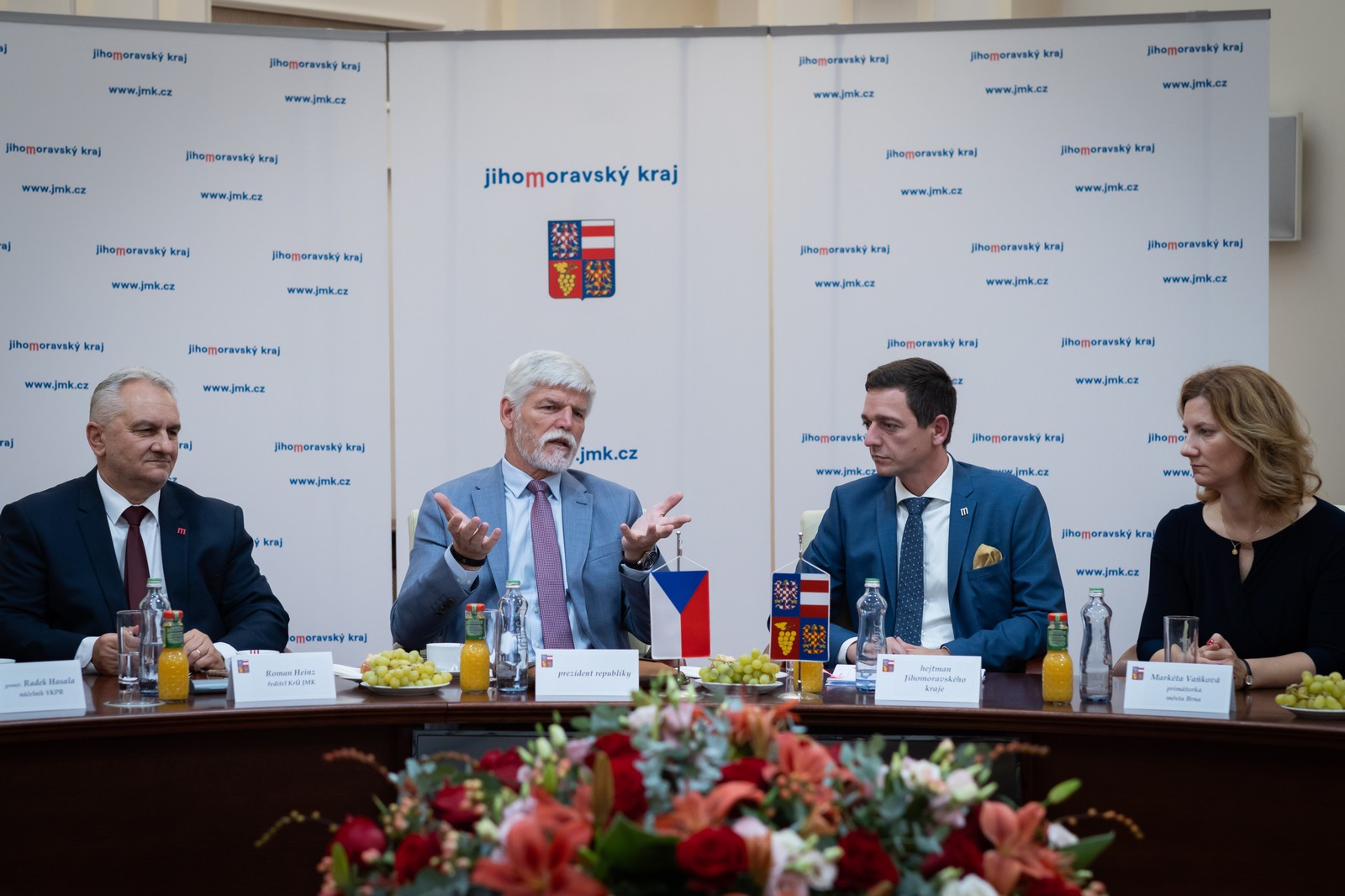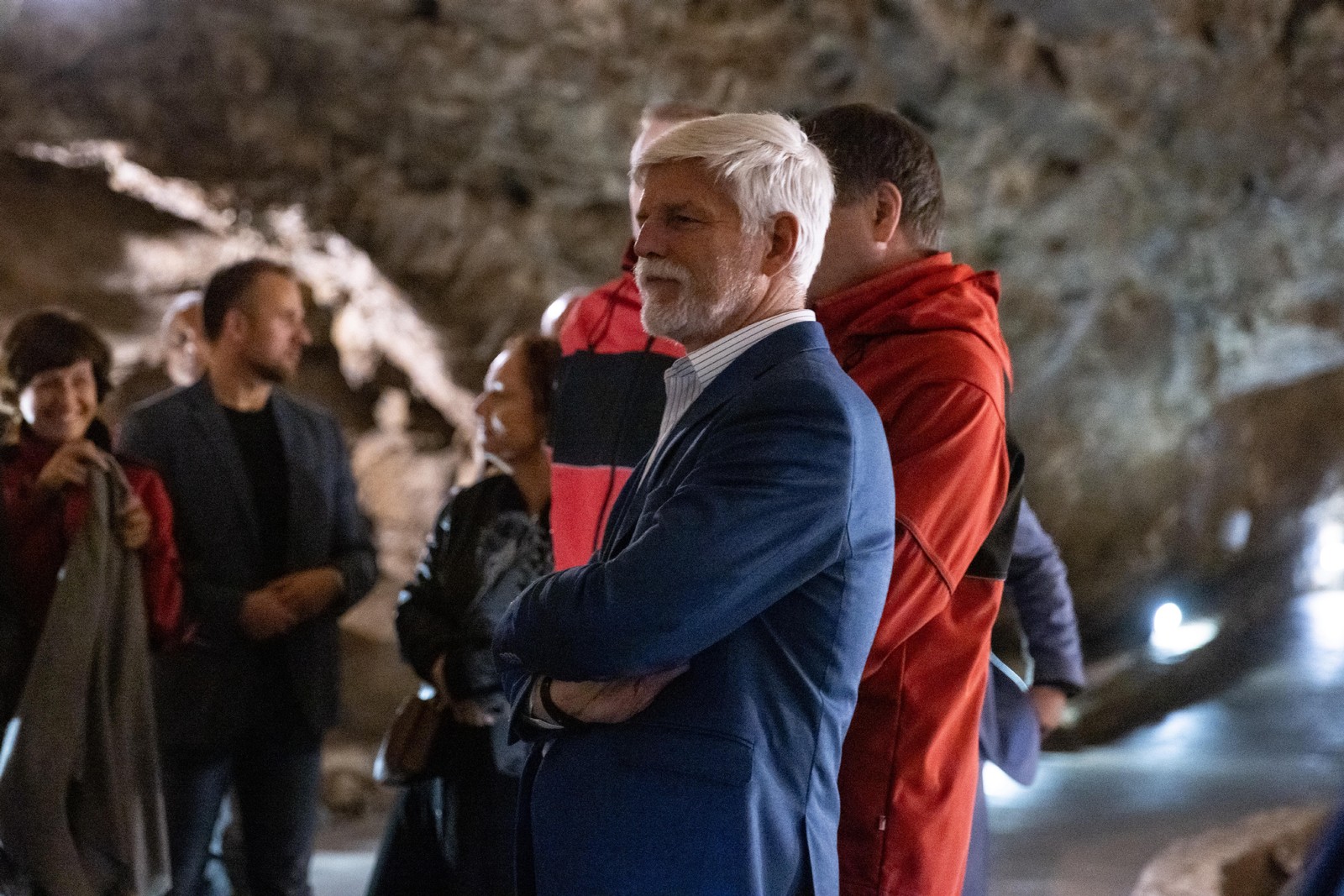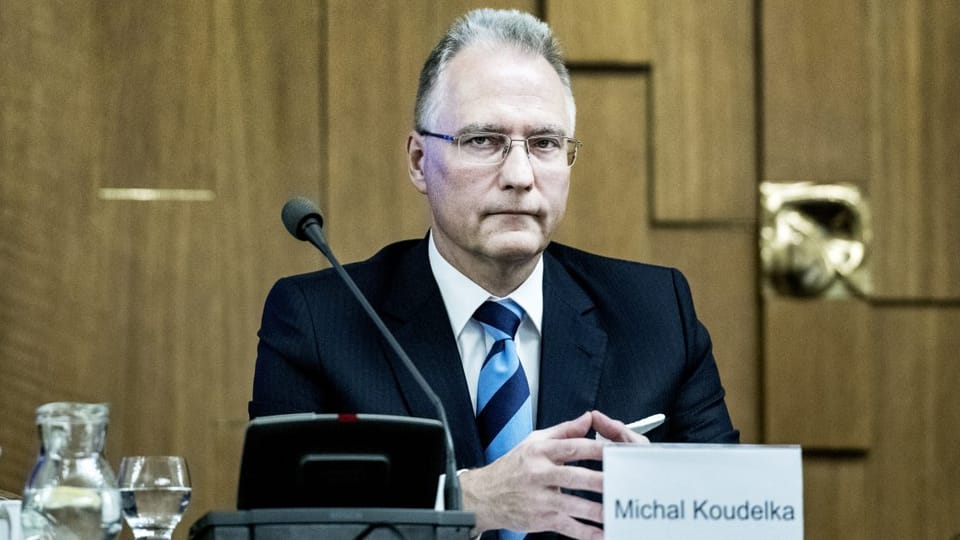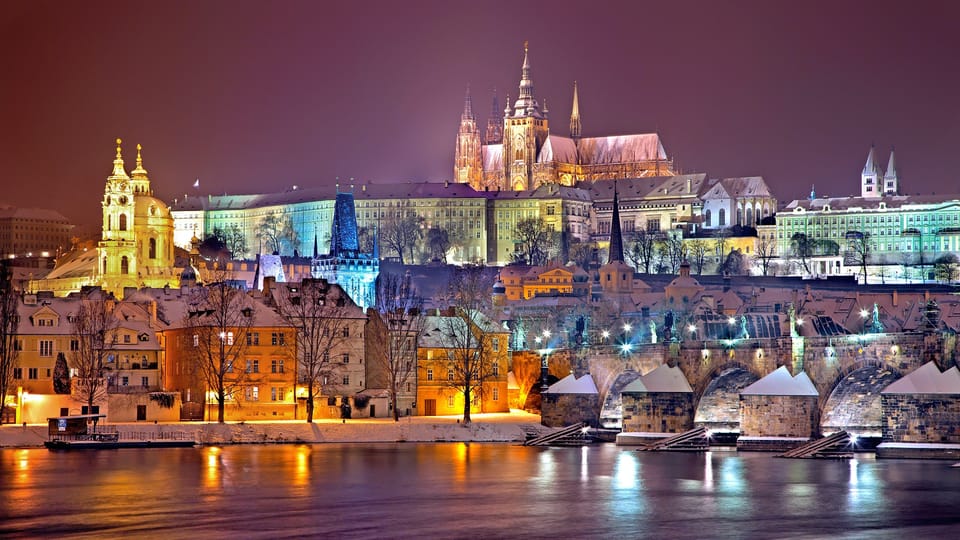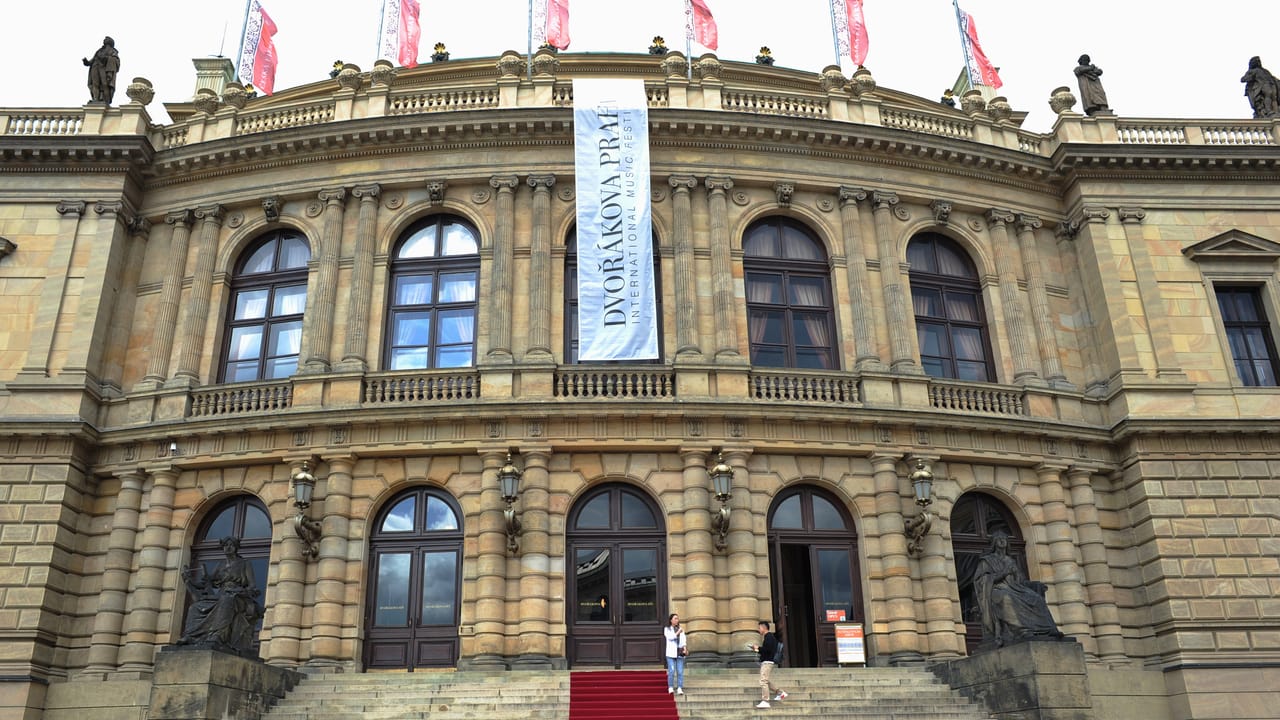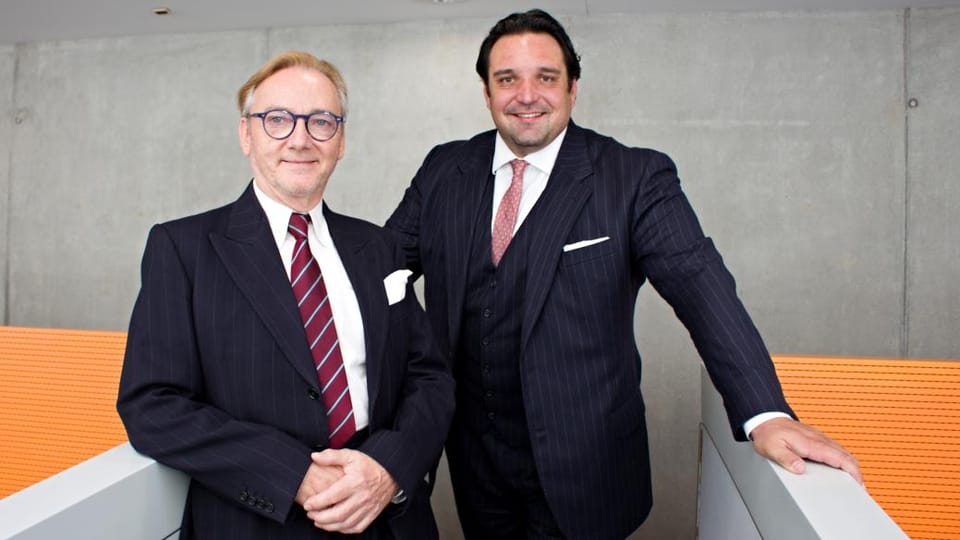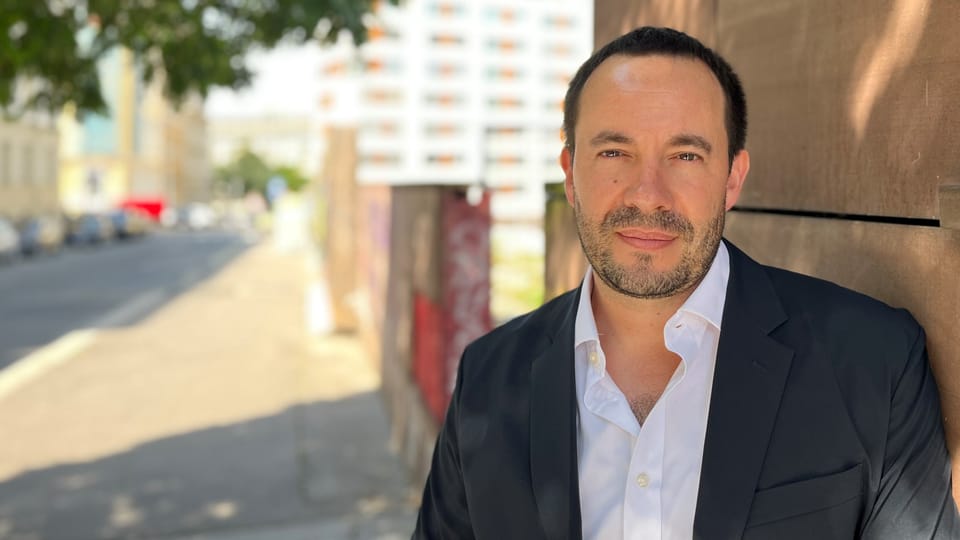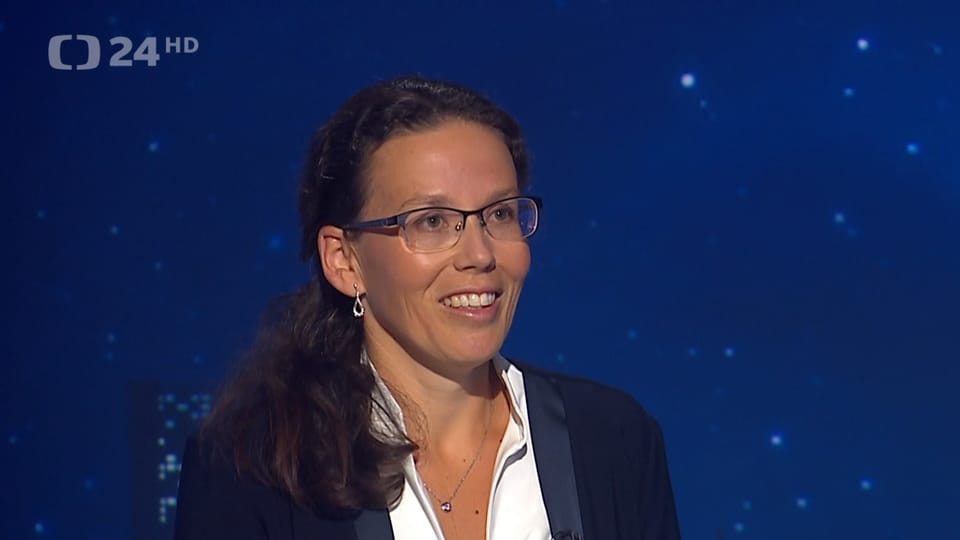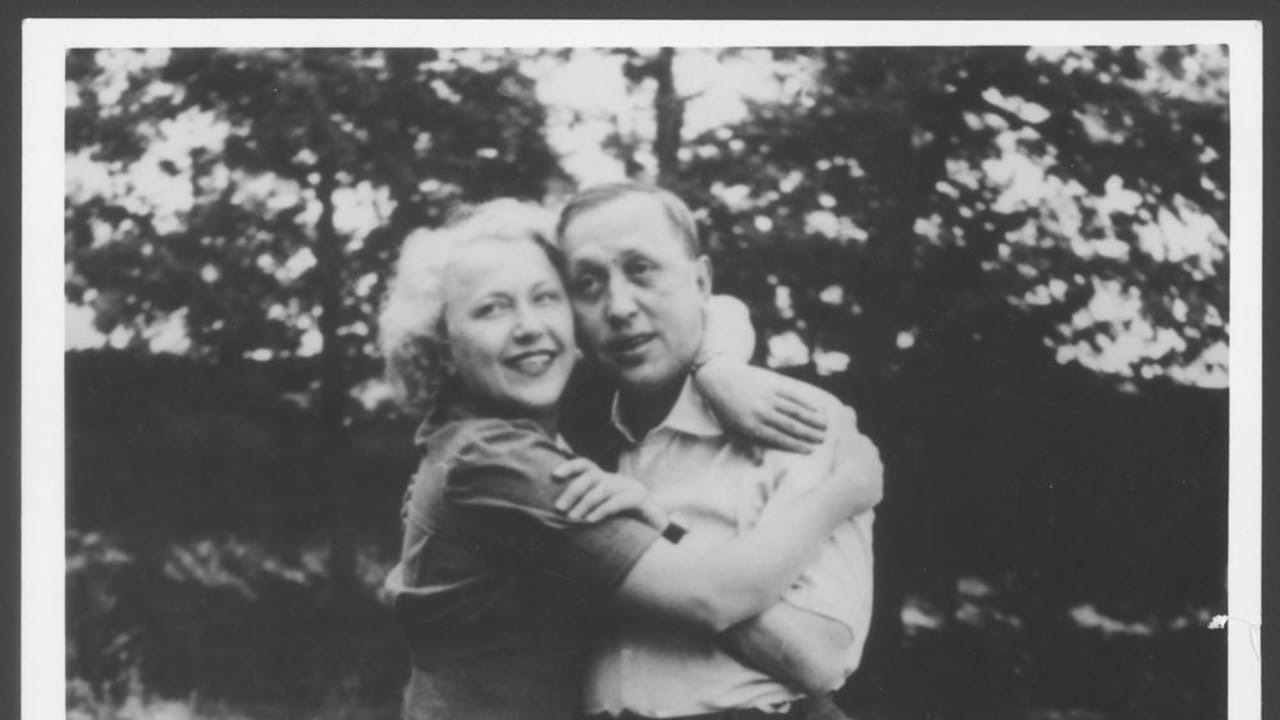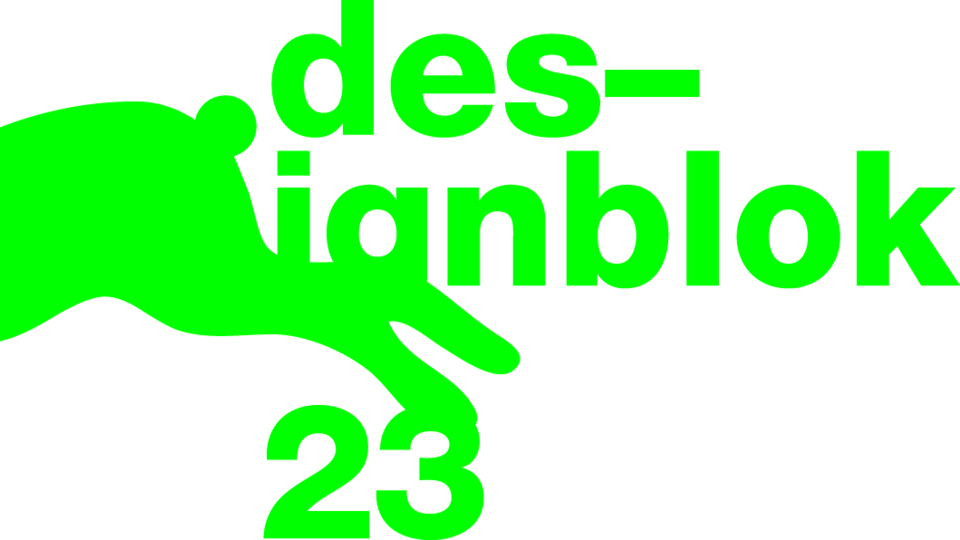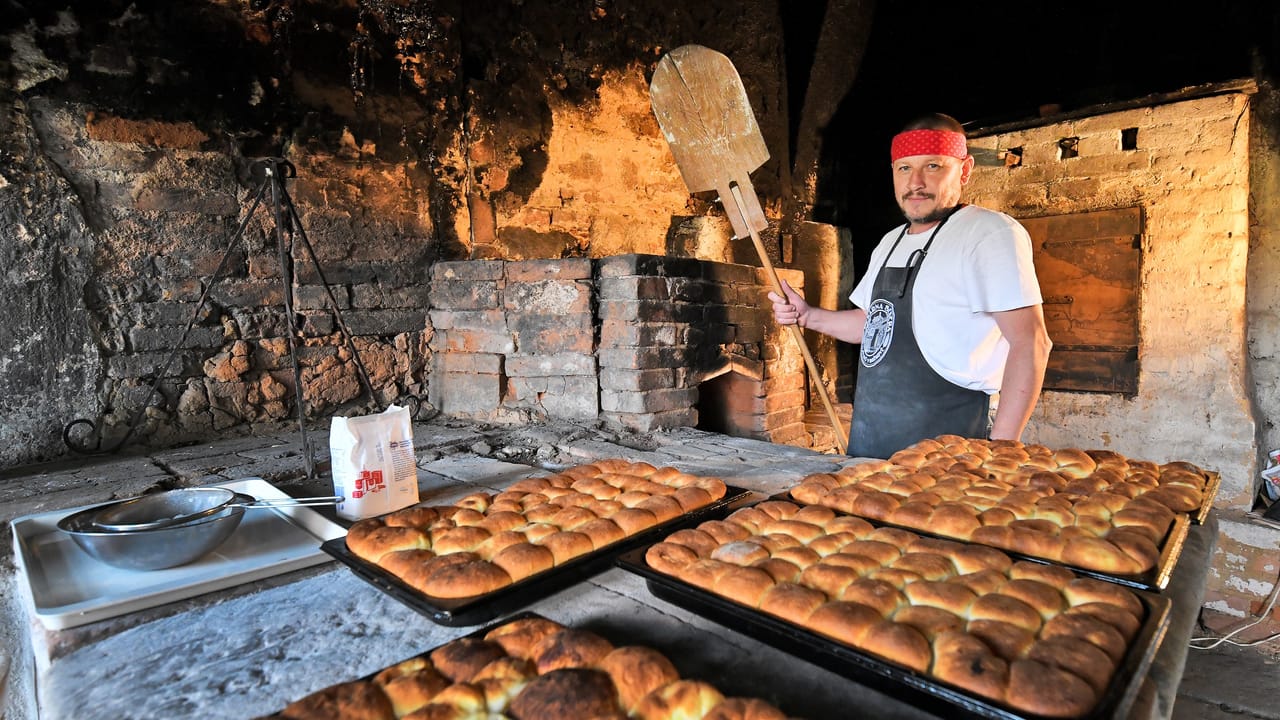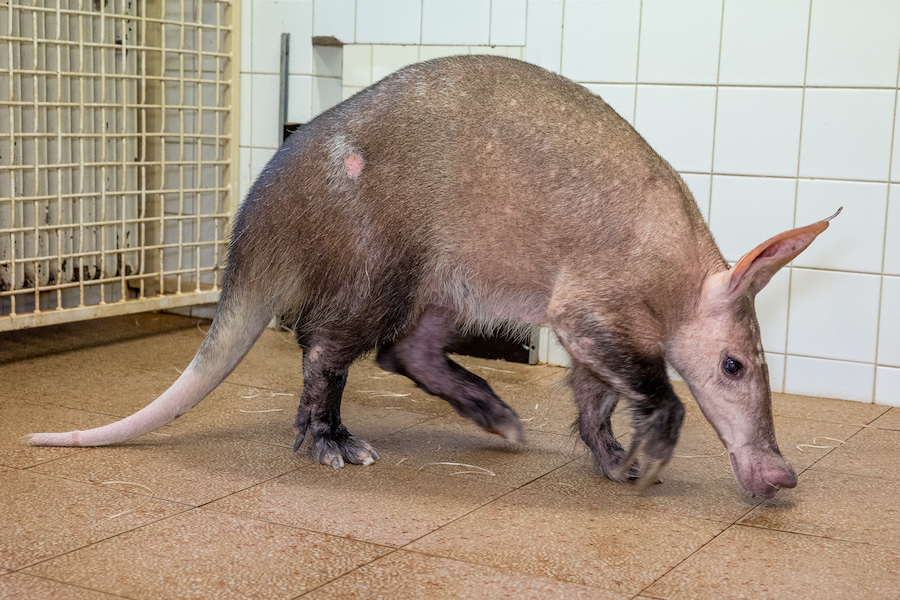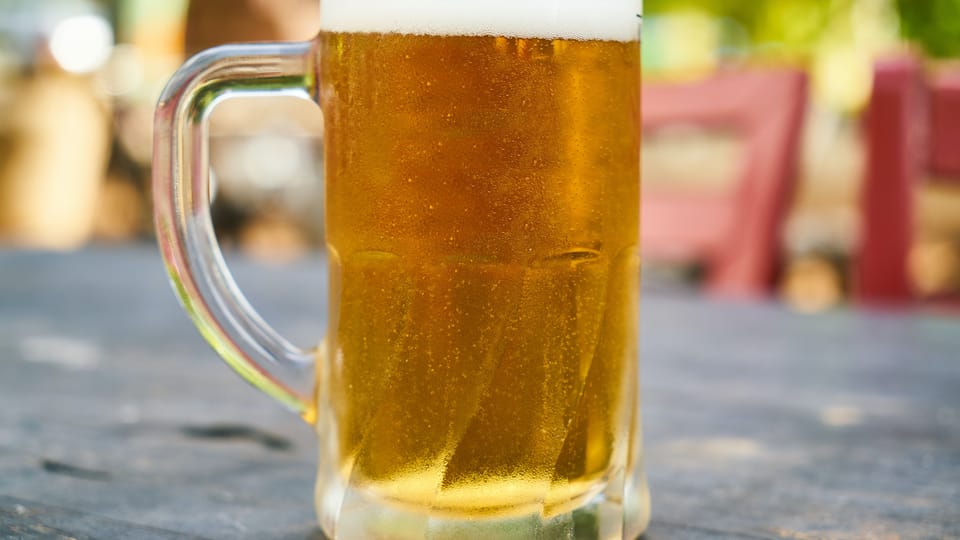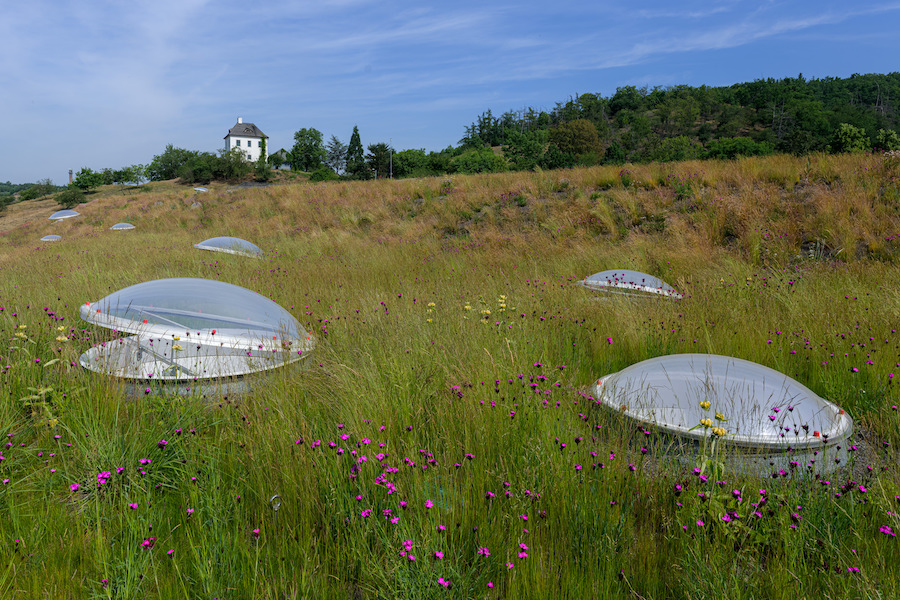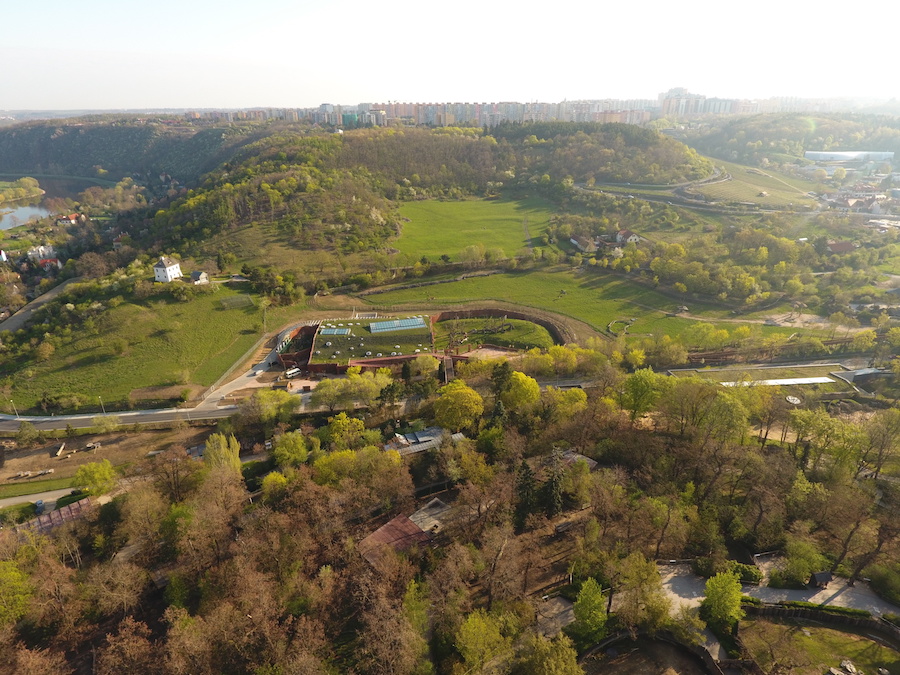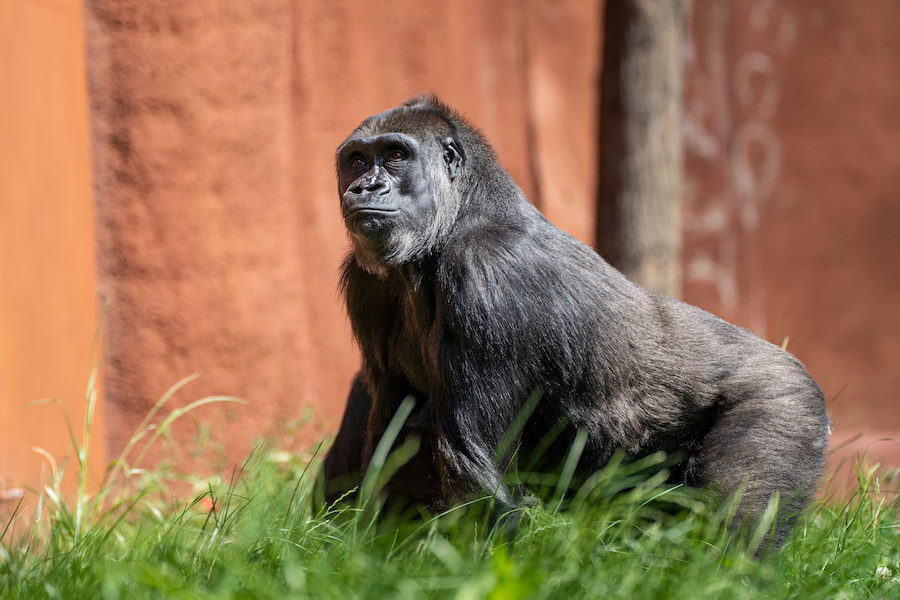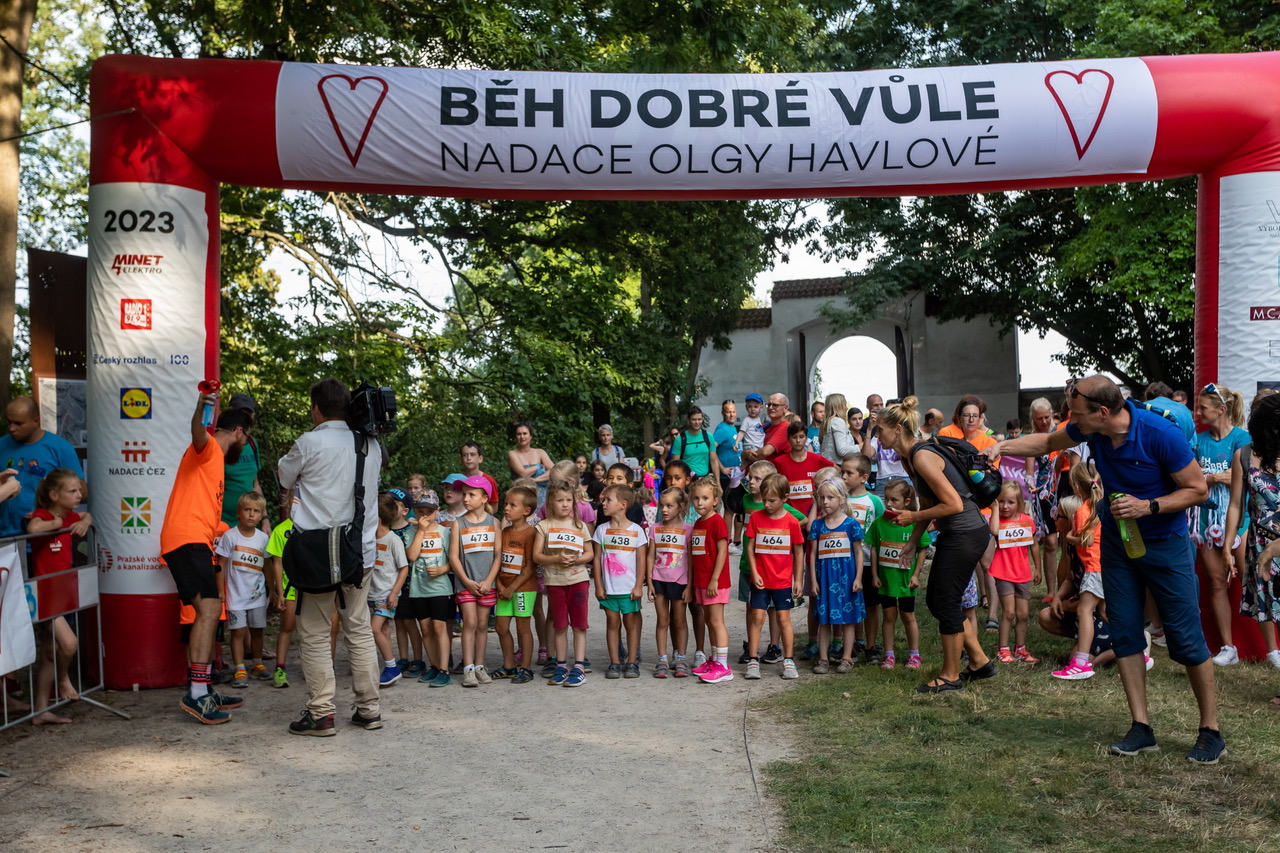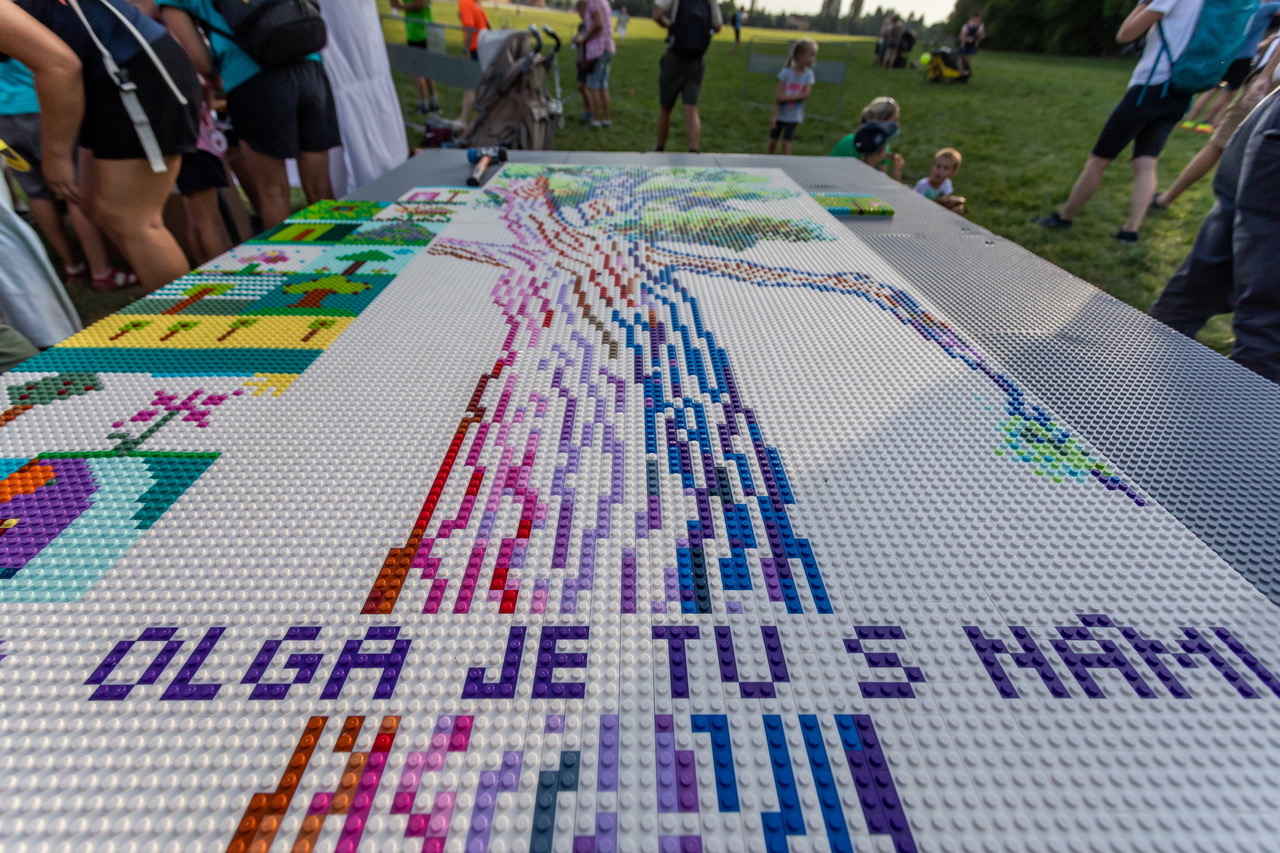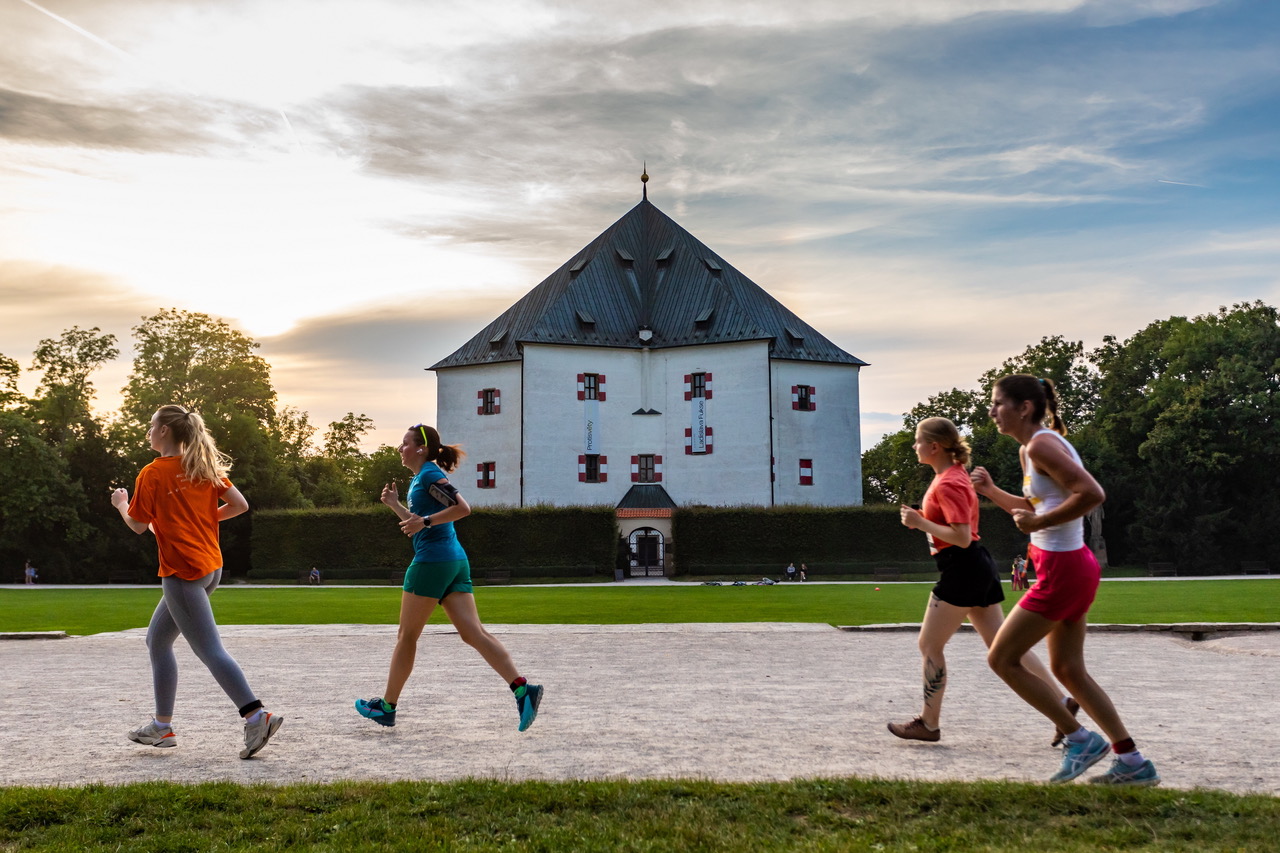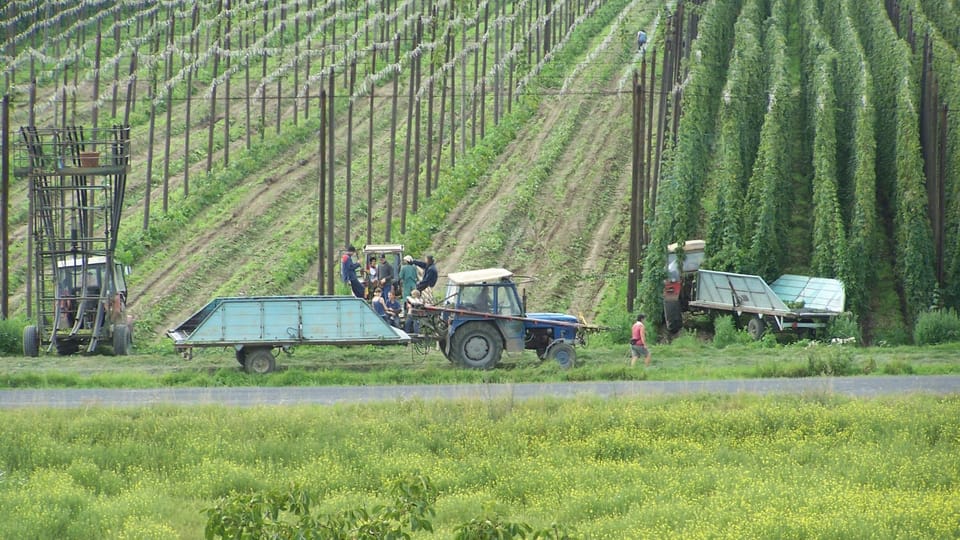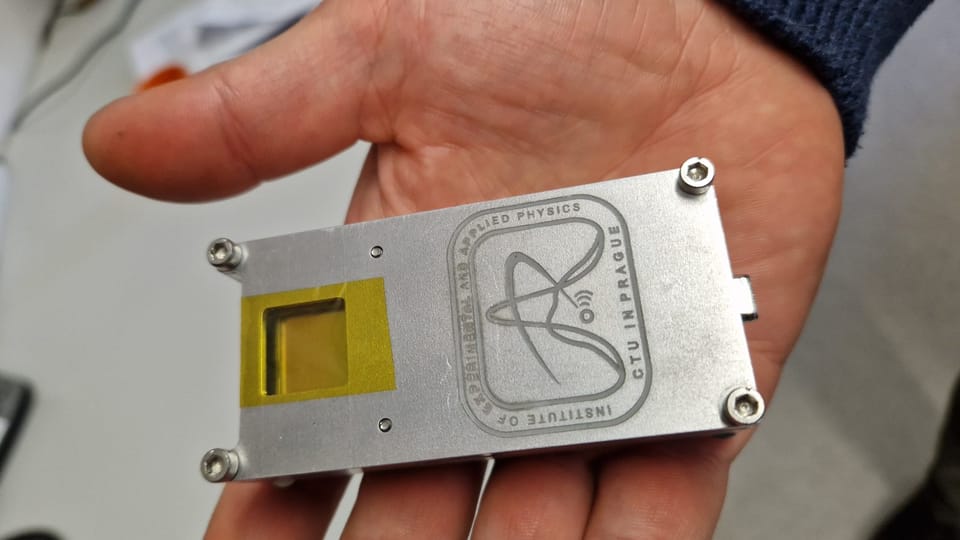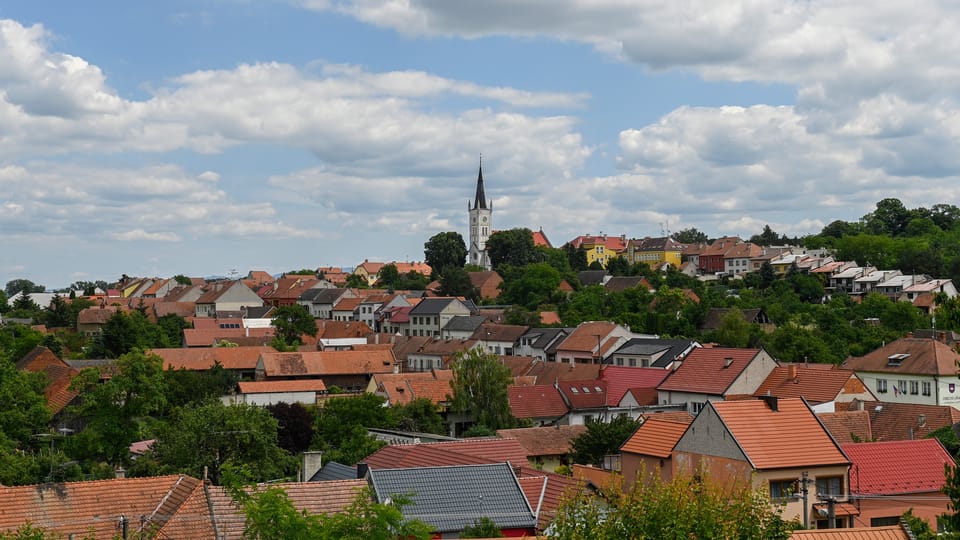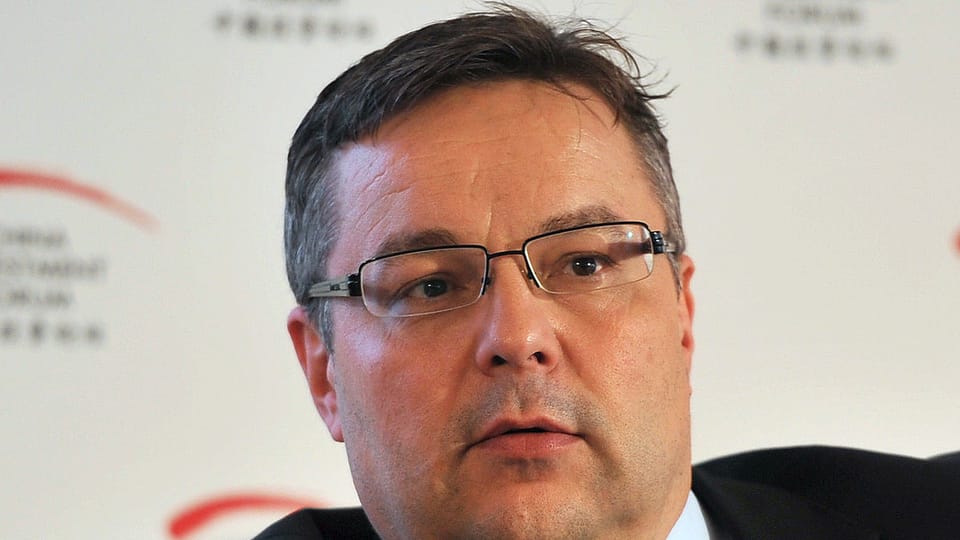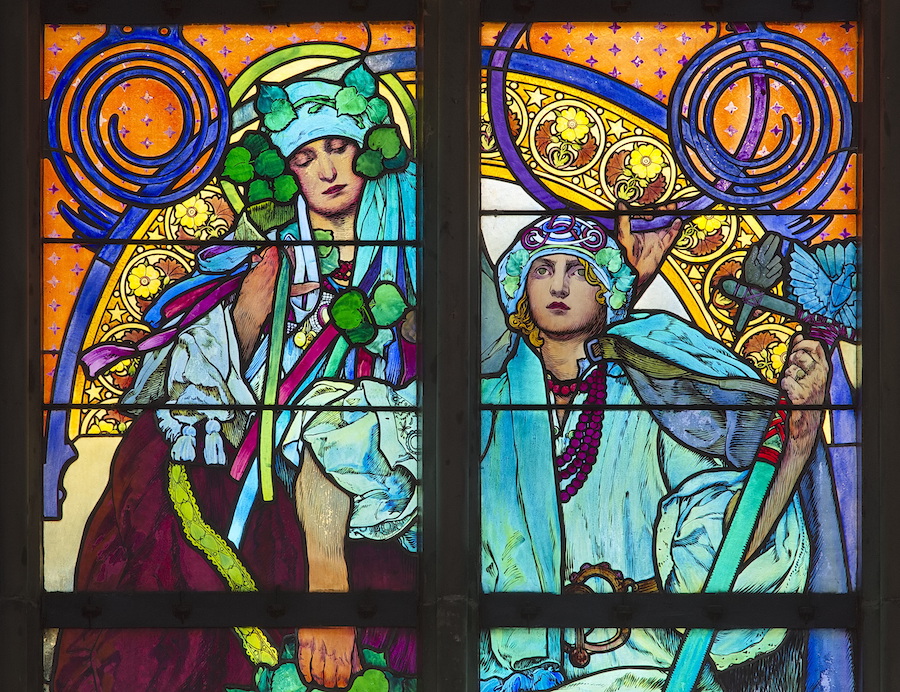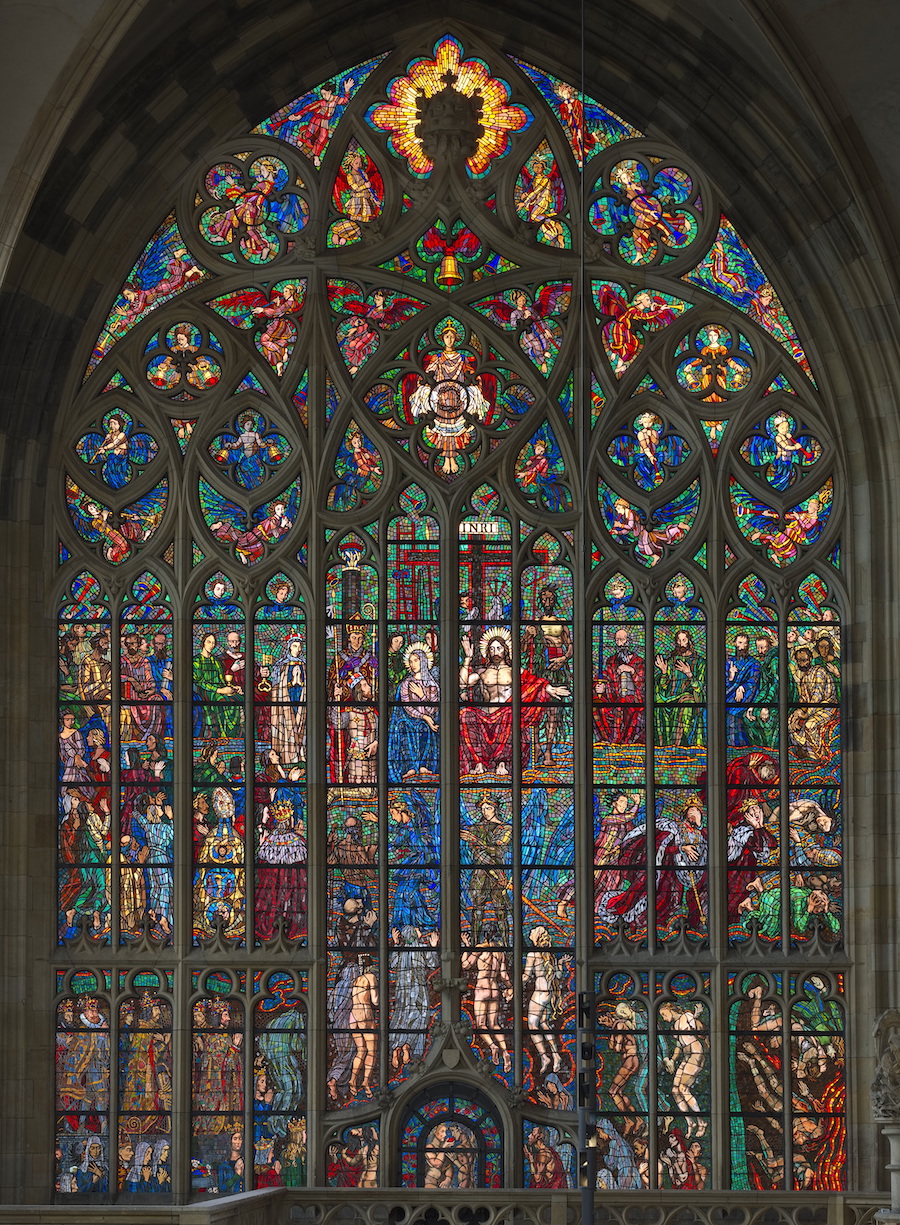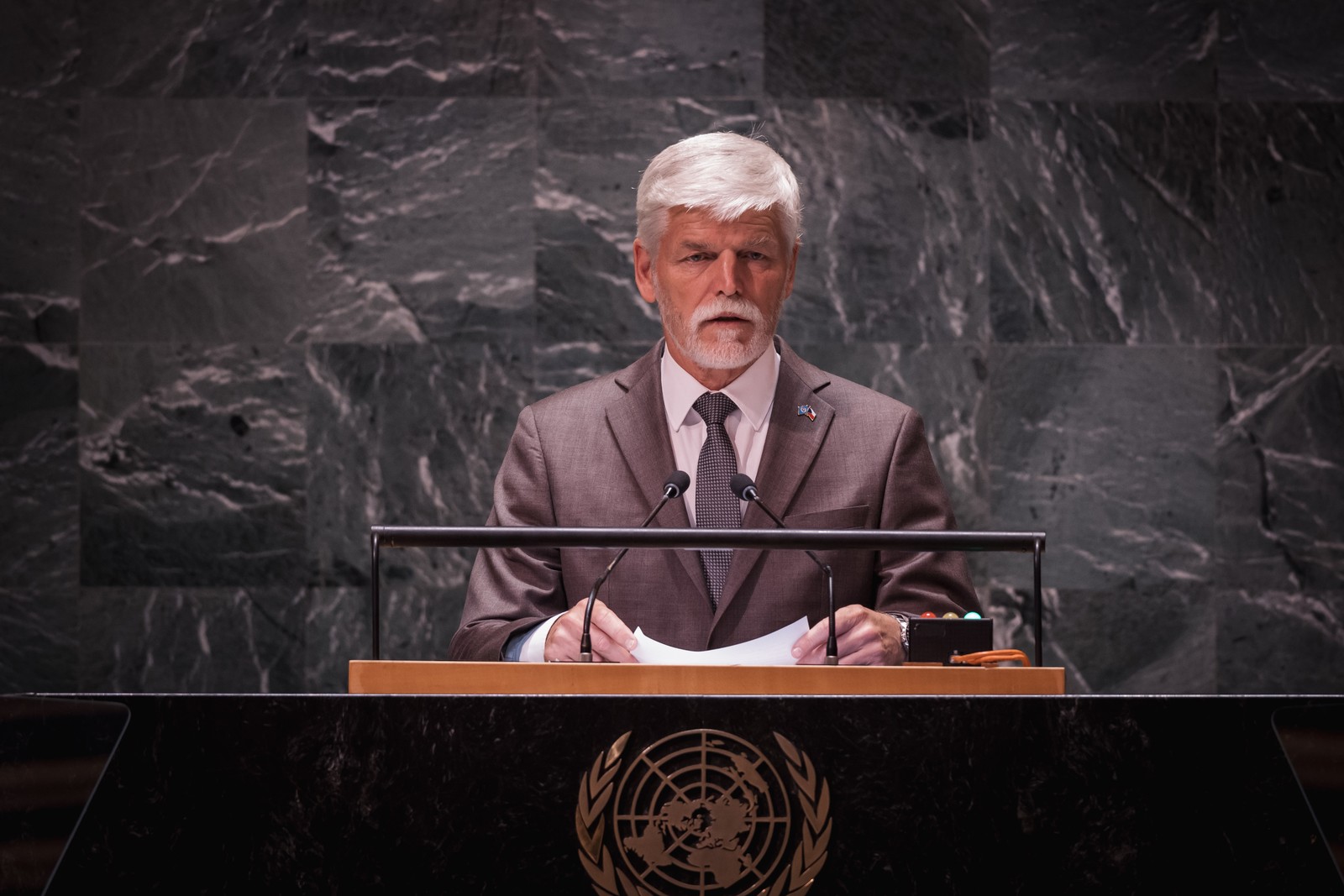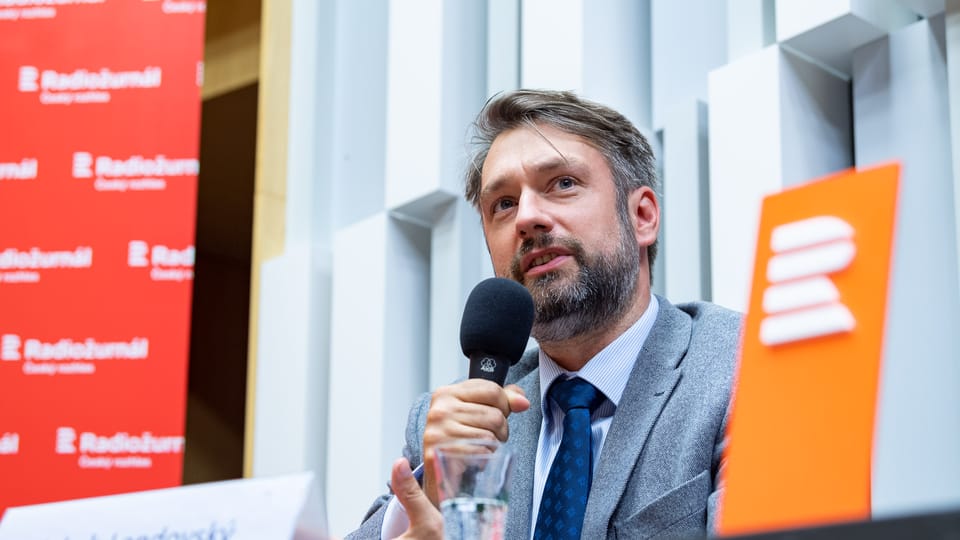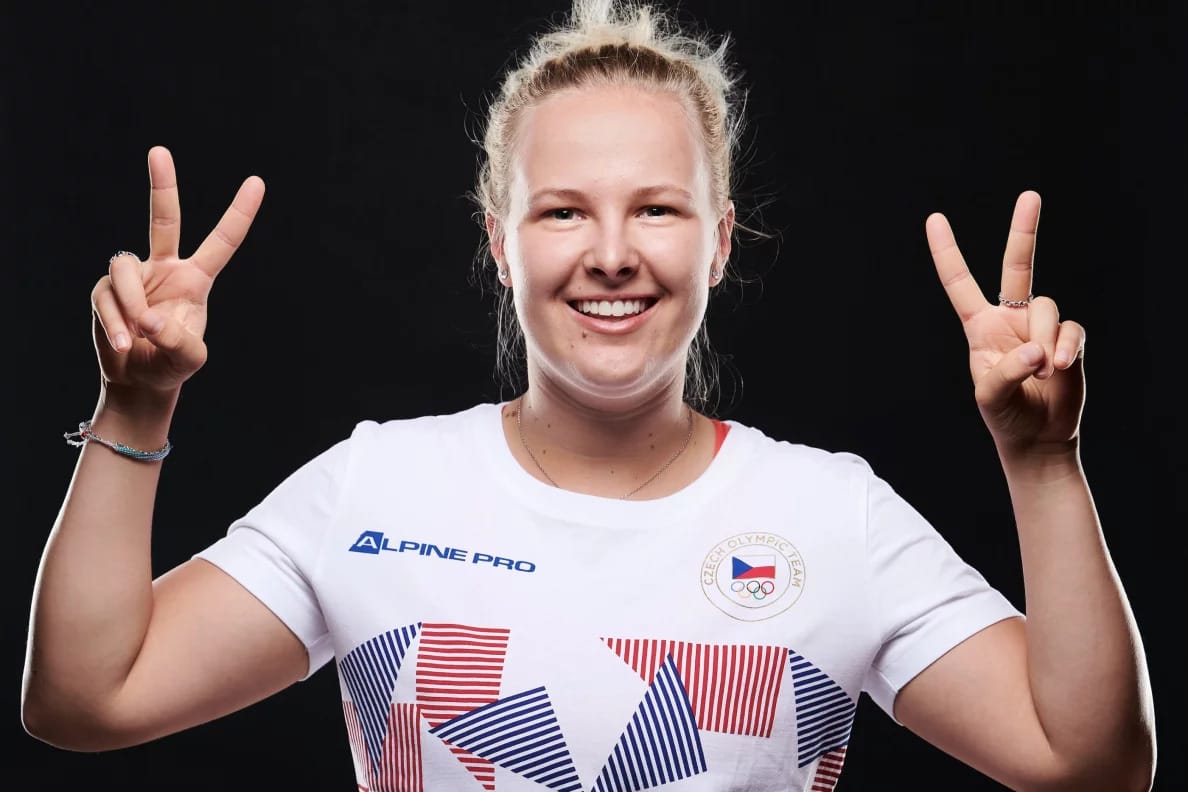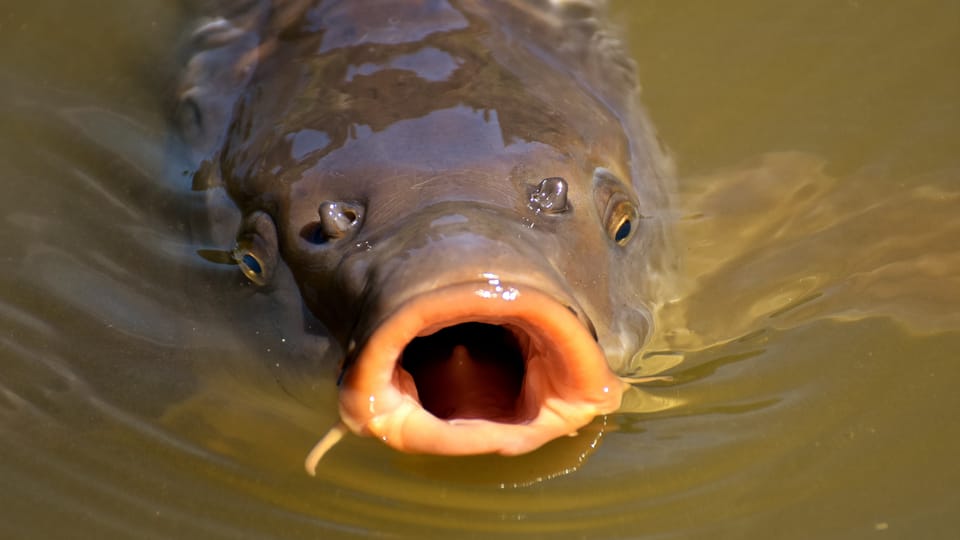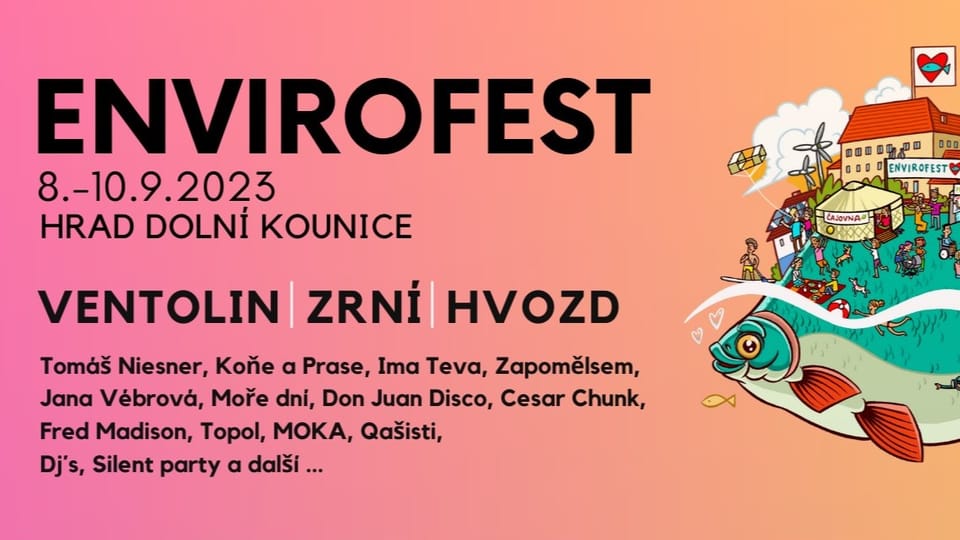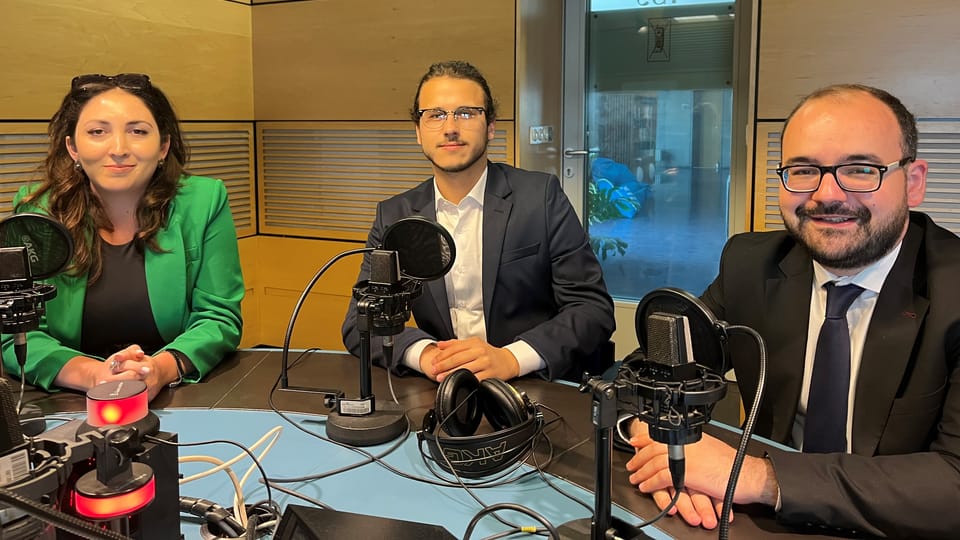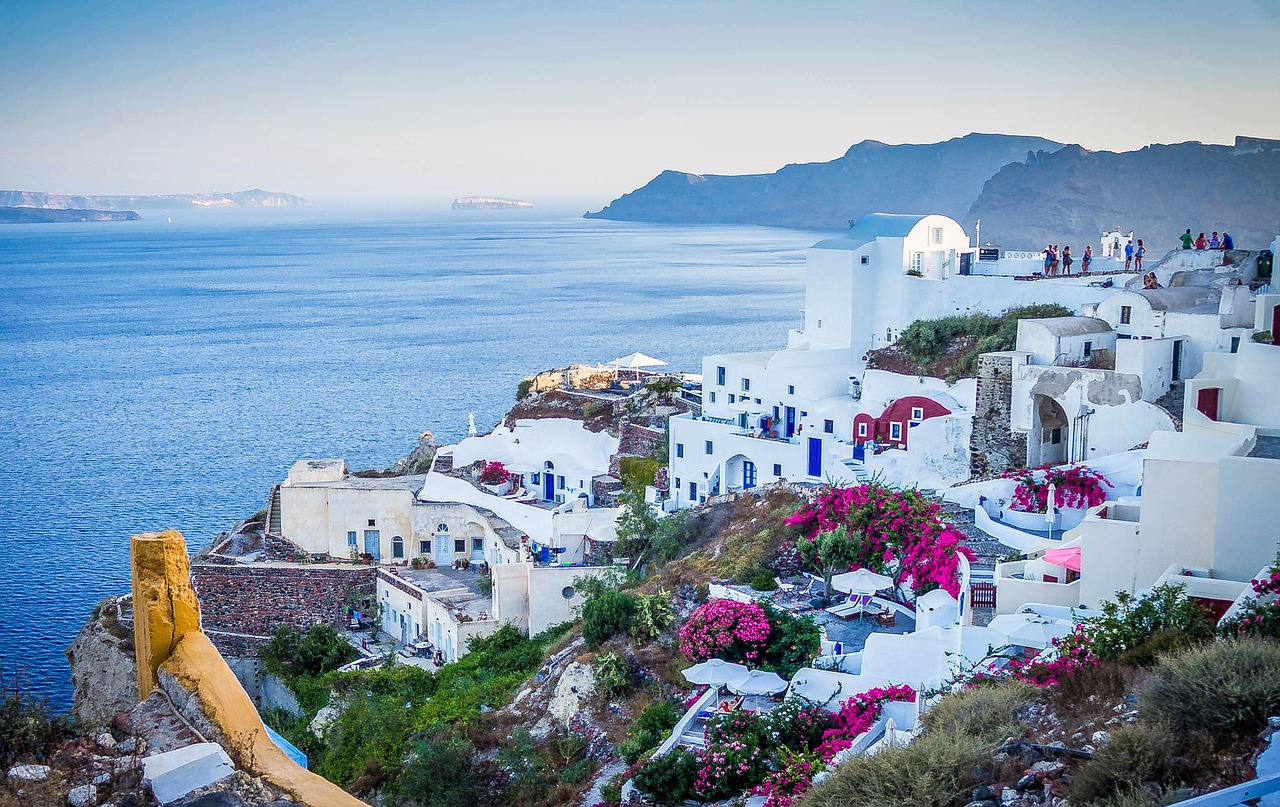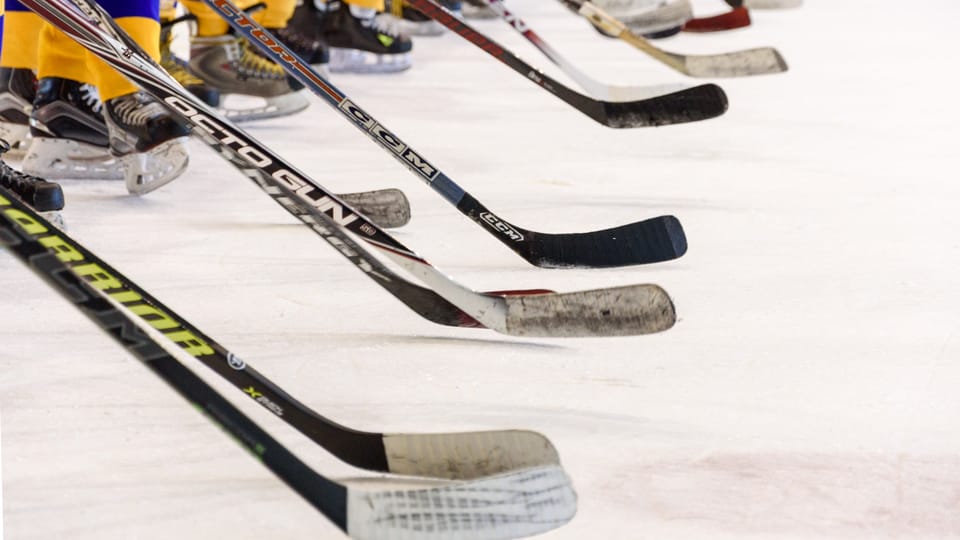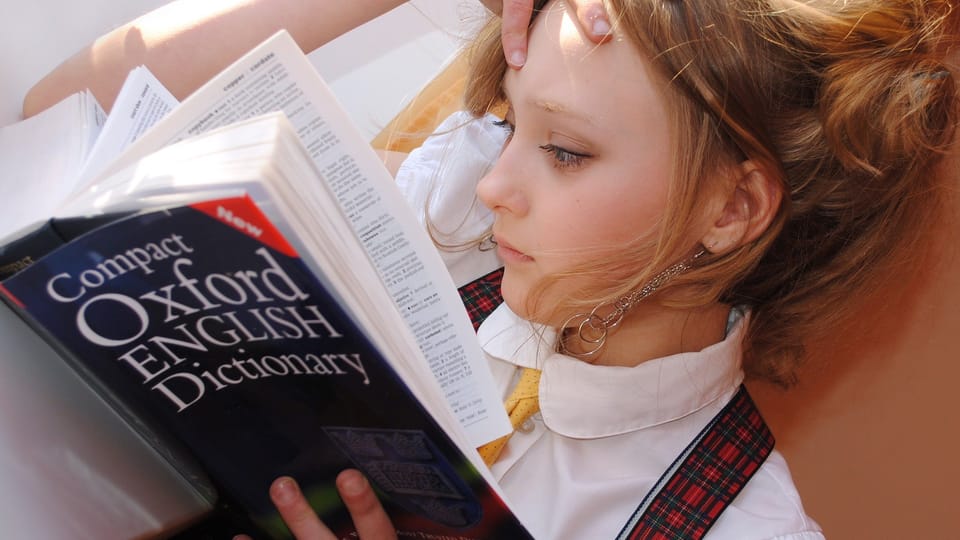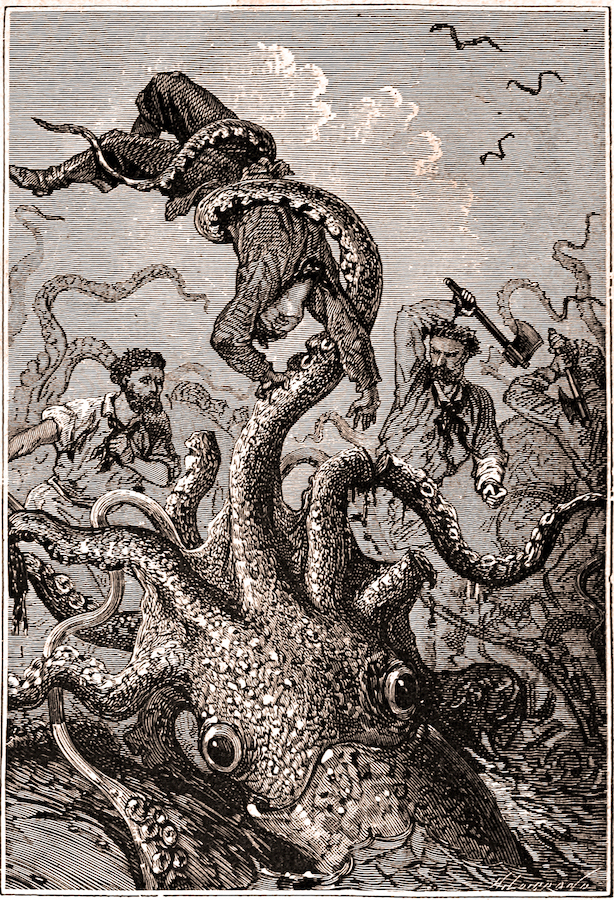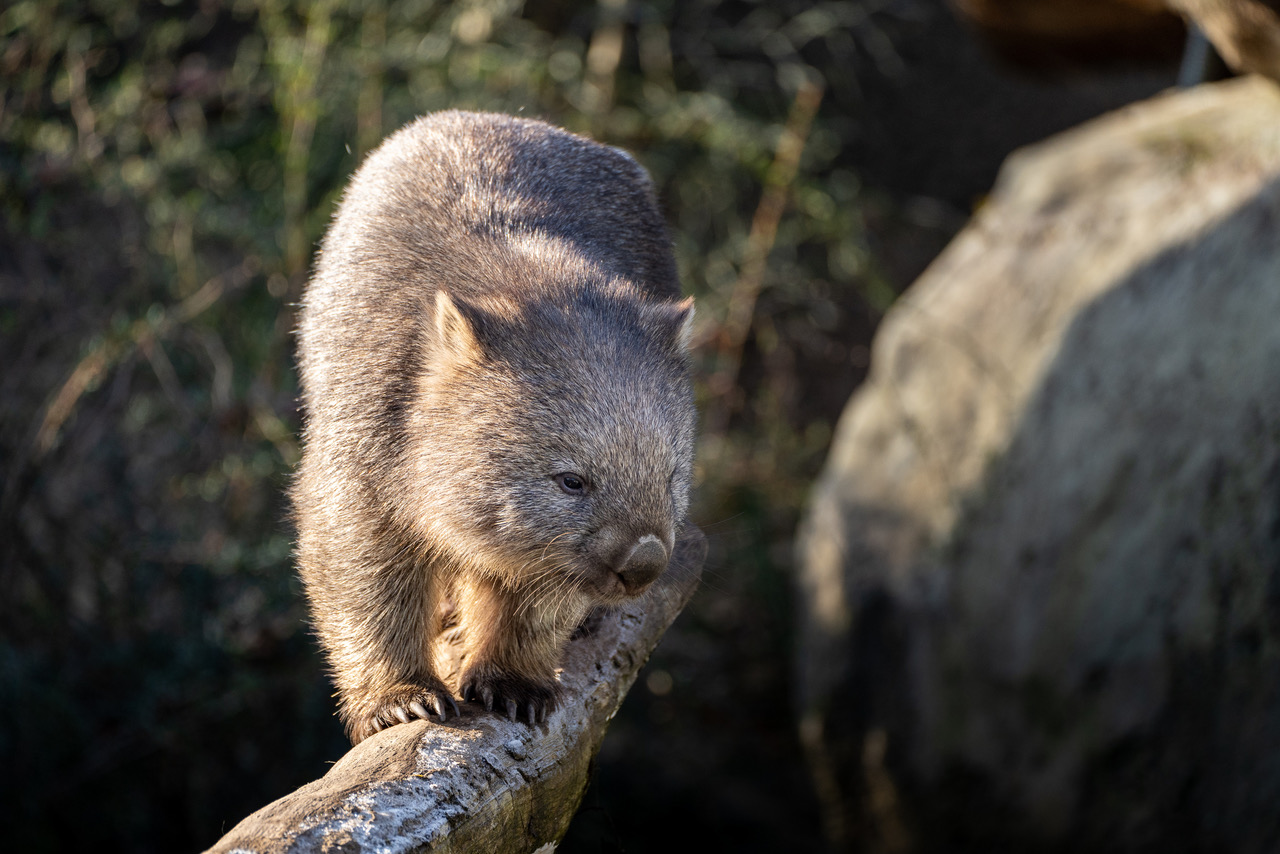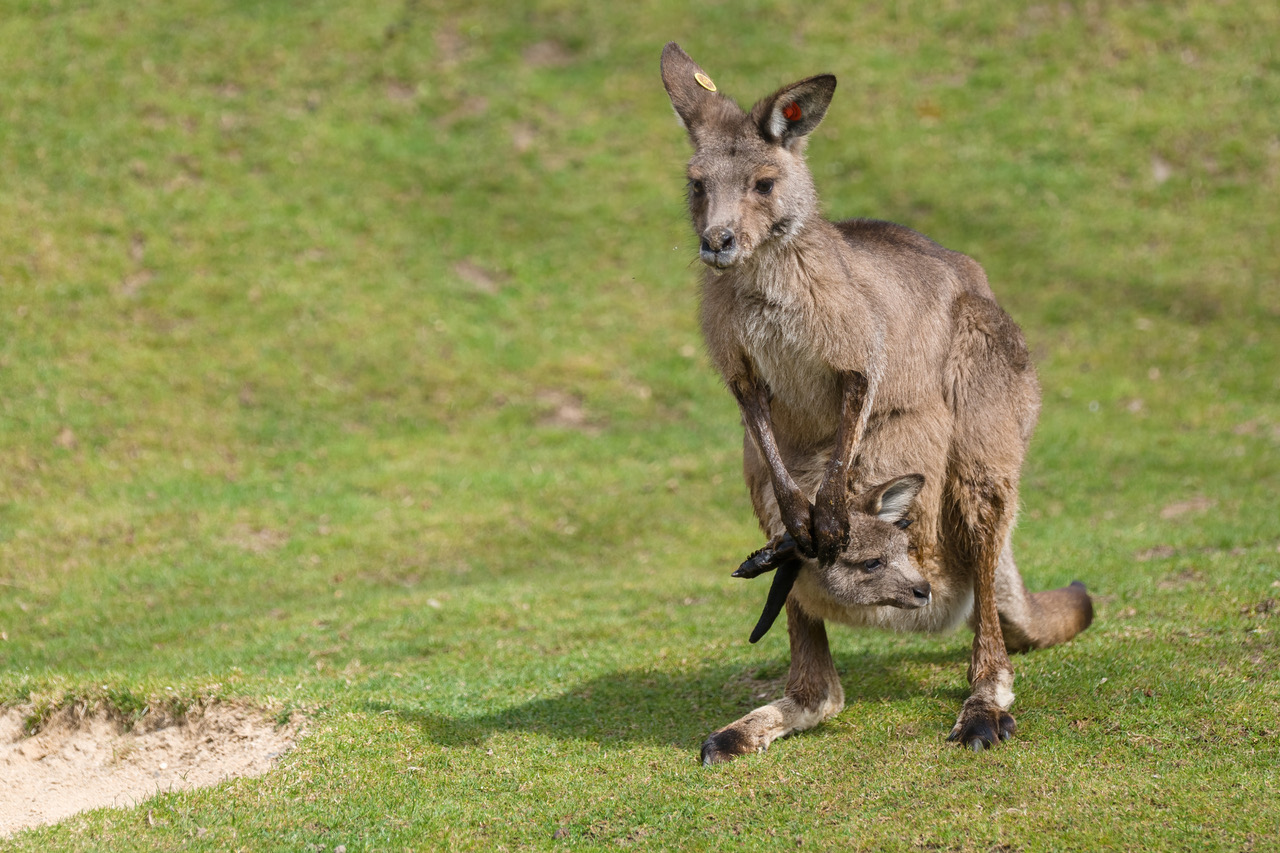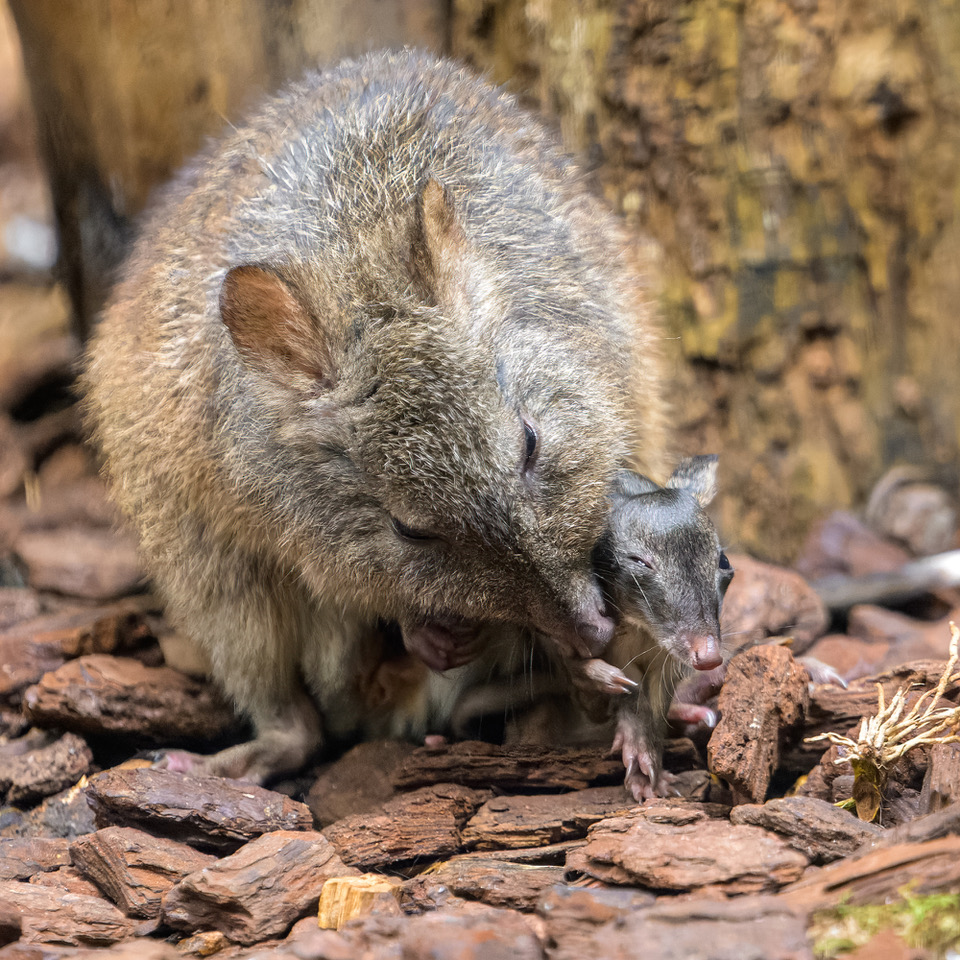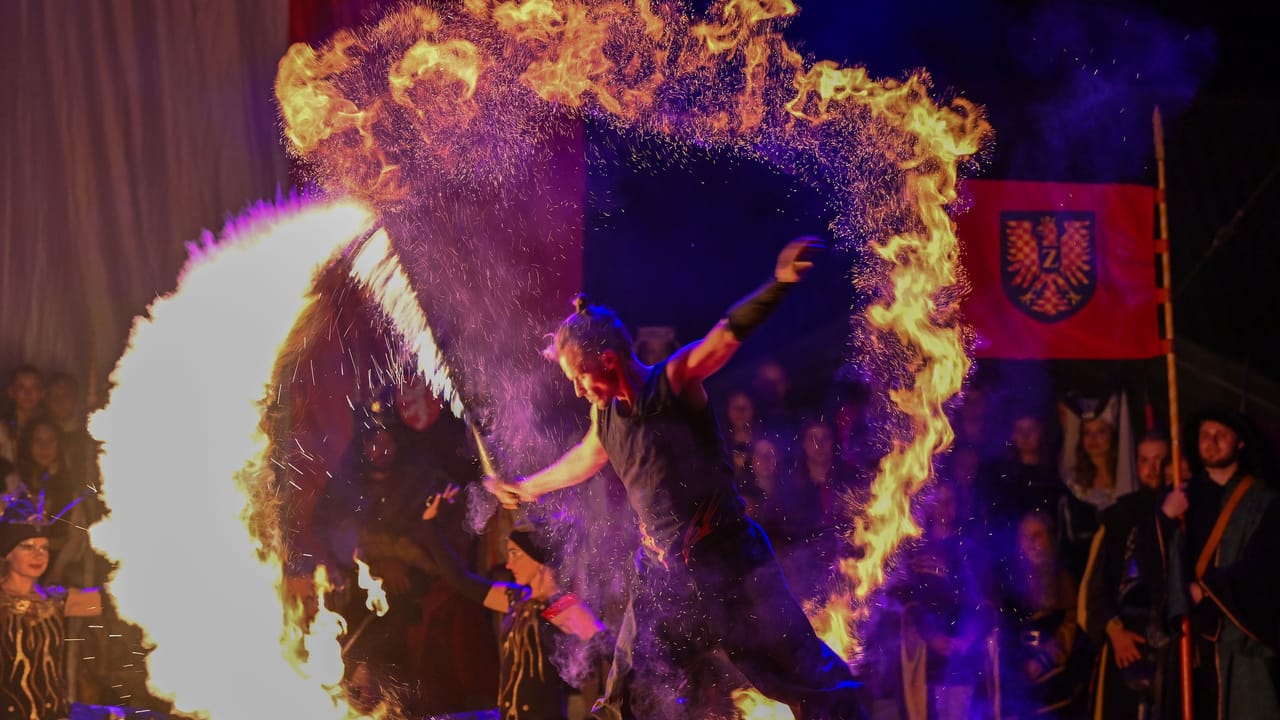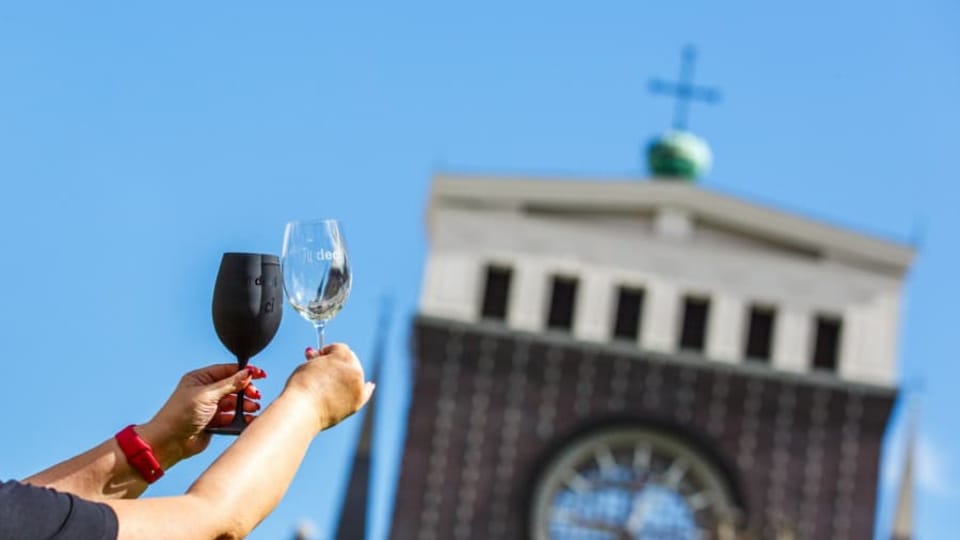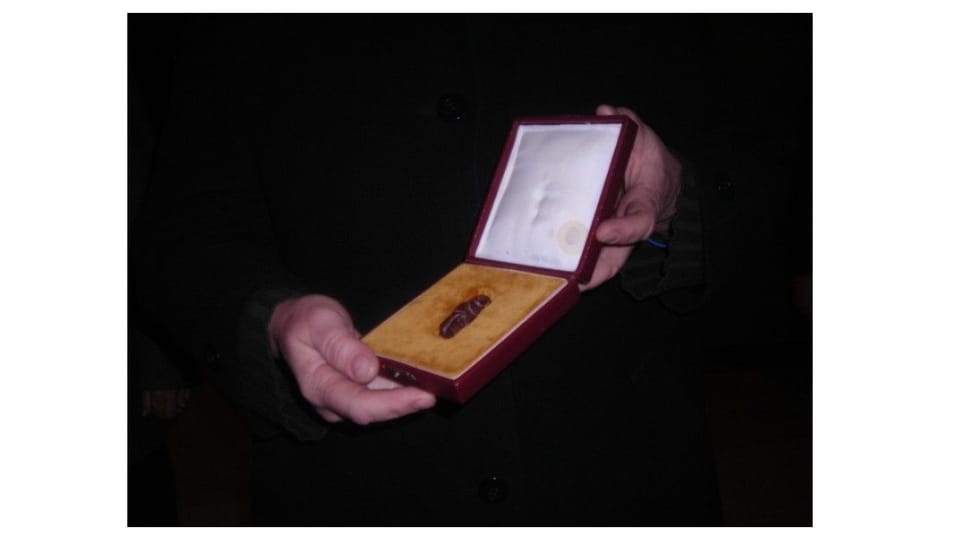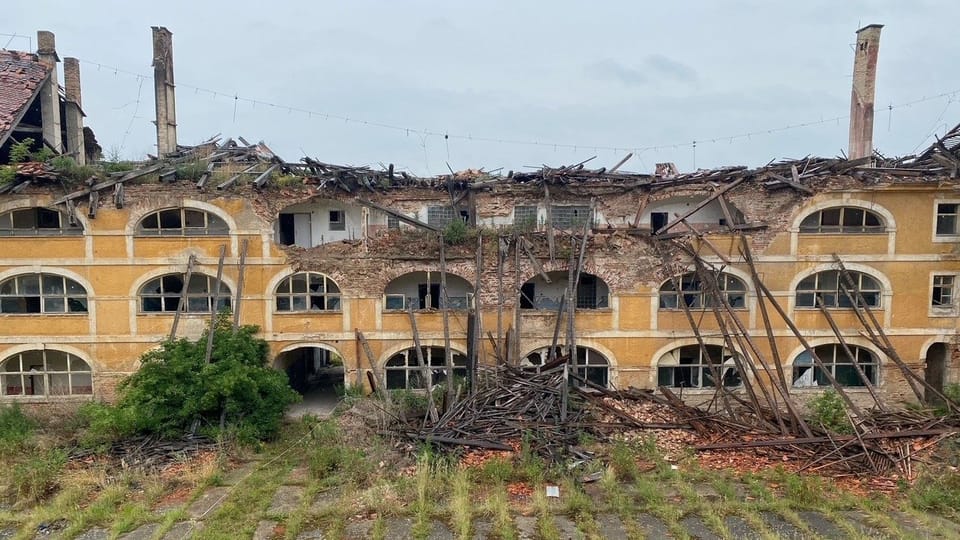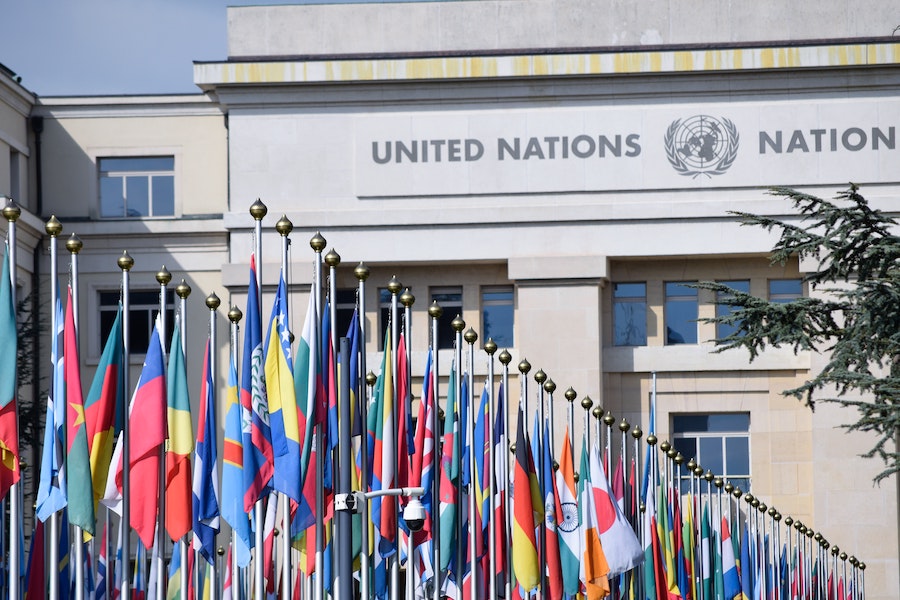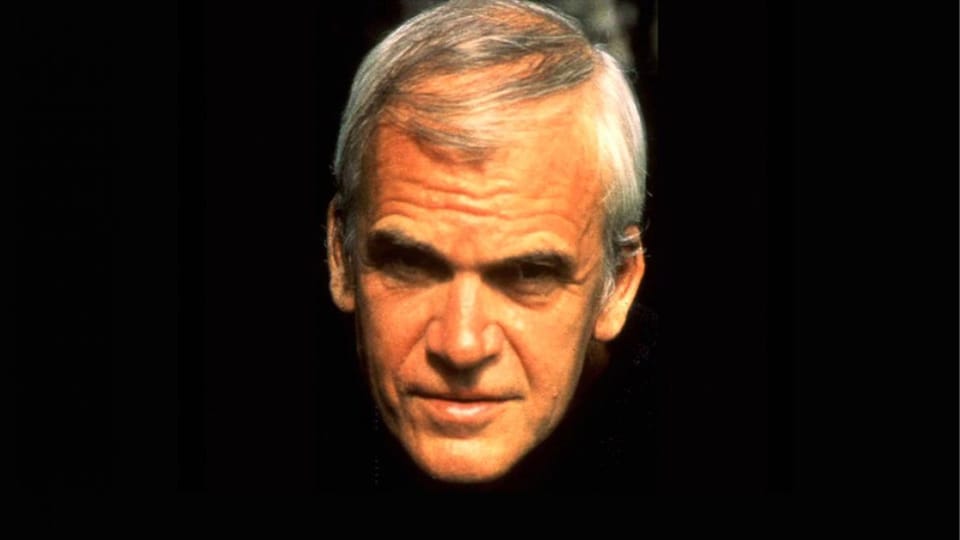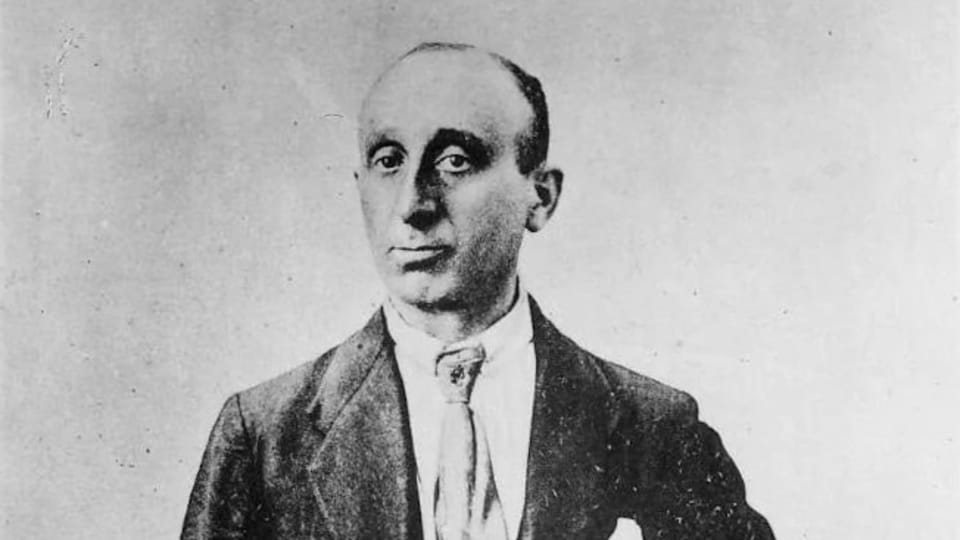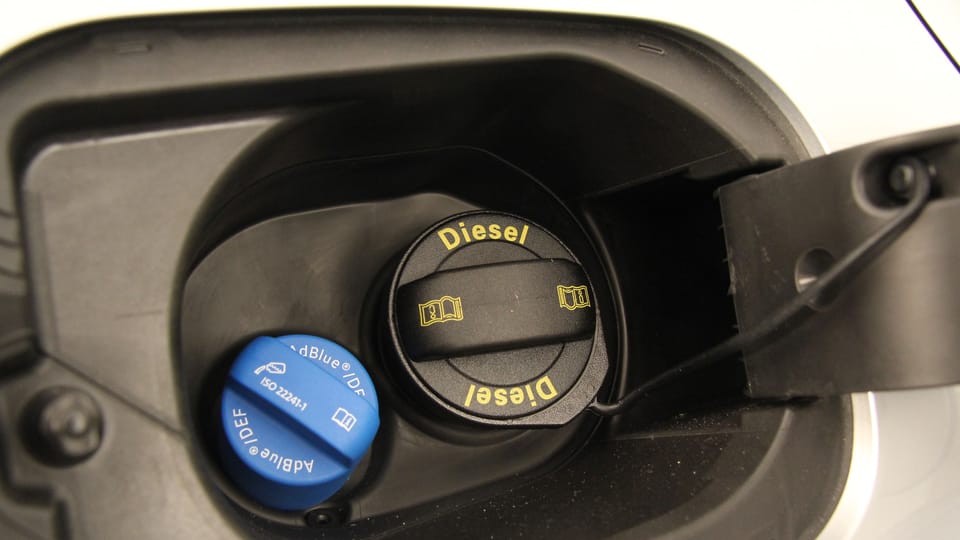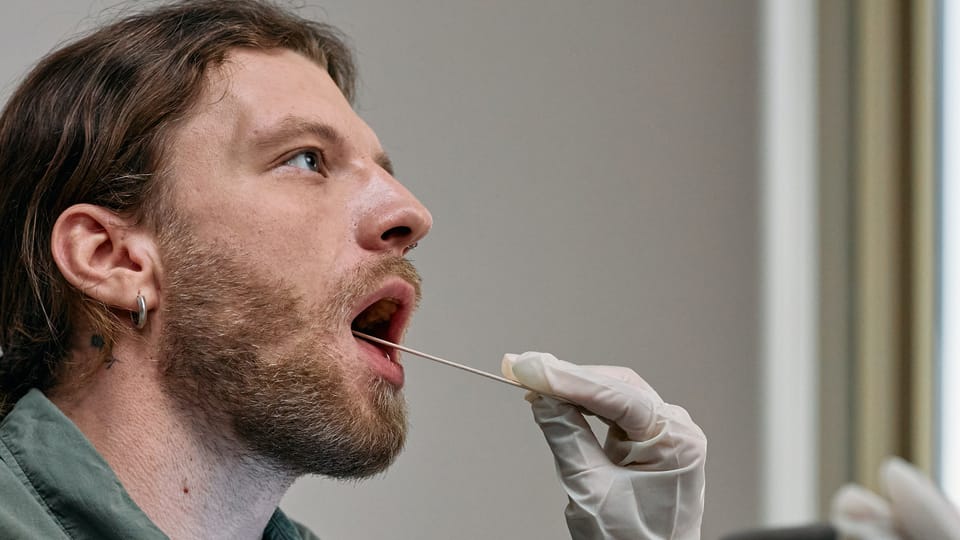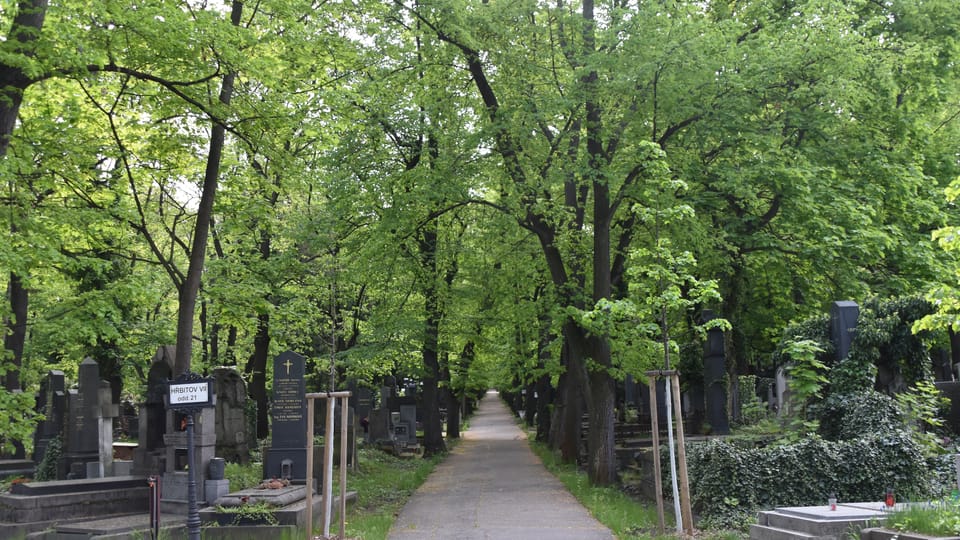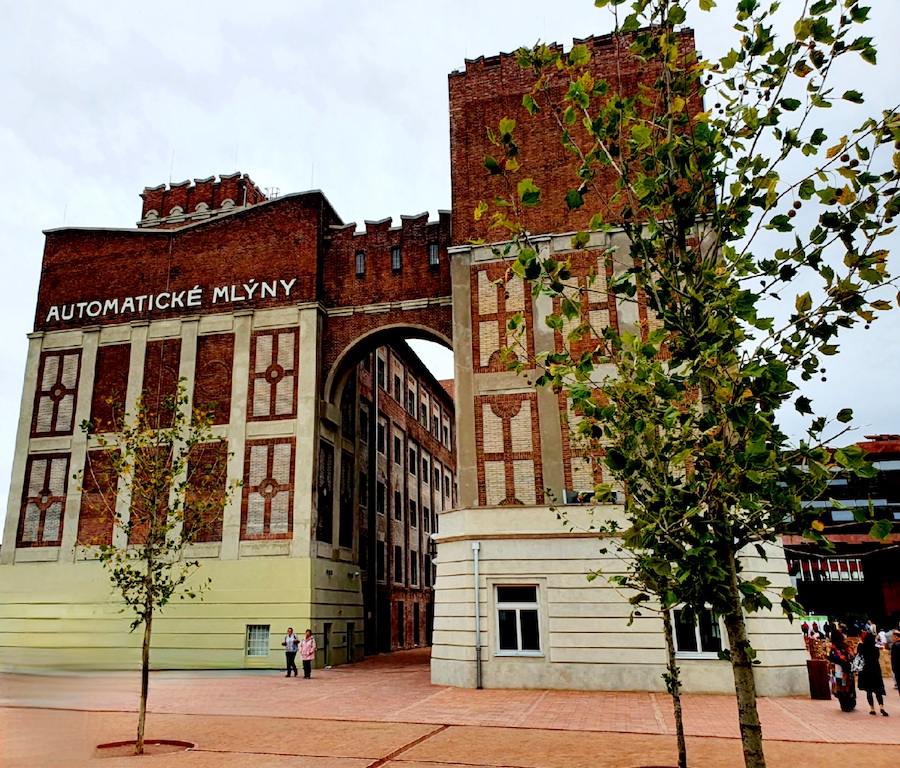
In the Pardubice region, they are betting on technology. After the train museum or the exhibition of old machines, people can experience the (old) new Automatic Gočár mills
234,000 people came to hotels, boarding houses and apartments in the Pardubice region in the first half of this year. This is almost 12% more than the same period last year. And even more than before the covid-19 pandemic, when there were less than 217 thousand guests. Tourism in Eastern Bohemia was driven by domestic tourists, as in the whole of the Czech Republic. From January to June this year, 203.4 thousand visited the area, while 30.7 thousand tourists came from abroad. At the same time, Pardubice is currently betting on technology, new tourist destinations are often related to the country’s unique ideas and technologies. Last year Sky Bridge, this year Gočárovy młyny.
Detailed information on tourism in the regions is available on the website of the Institute of Tourism. To tourist destinations according to topics, but also according to regions, including cities and towns, then on one of the largest tourist portals Kudy from nudy.cz.
“In terms of foreigners, the Pardubice region was most interested in Slovaks (8,267 arrivals), Poles (6,747 arrivals) and Germans (5,463 arrivals) in the first half of this year. With the recent opening of the reconstructed national monument Automatic Mills from the workshop of architect Josef Gočár and other tourist destinations often related to technology, we can expect that the interest of travelers in the given region will grow again,” says Jan Herget, director of the Czech Tourism Office – CzechTourism, adding: ” The longest suspension bridge for pedestrians in the world, Sky – Bridge 721, which we helped to open last May, has had a fundamental influence on tourism in the Pardubice region. In 2022, it was among the most visited tourist destinations in the given region, with 280,000 people passing through it. I believe that Gočár’s mills also have similar potential, which is also great for the sustainability of tourism, i.e. the spread of tourists throughout the region.”
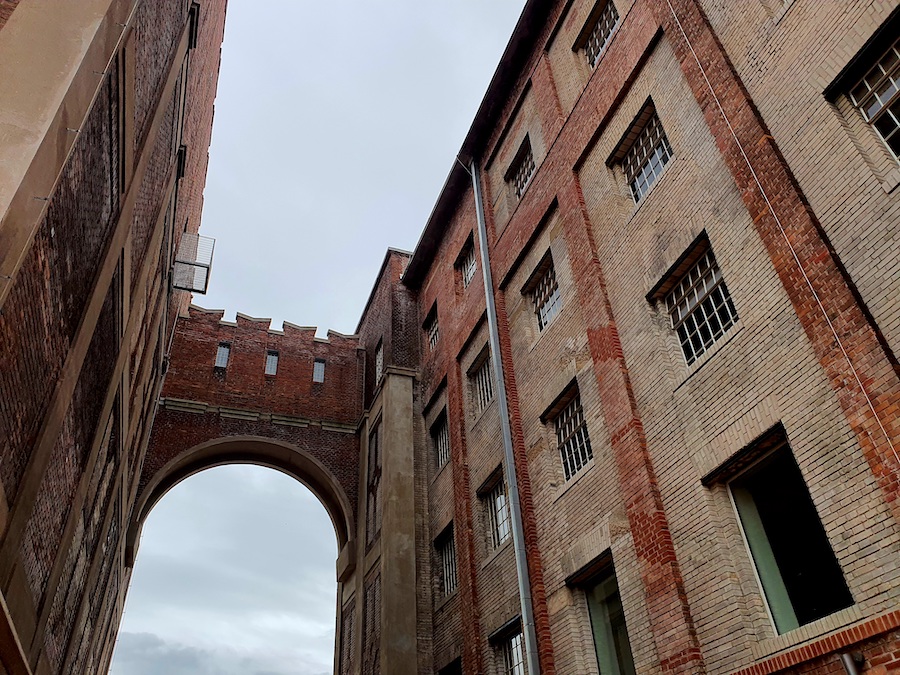
“This year’s four new tourist destinations in our region have huge potential to attract many tourists. They are Automatic mills, which can appeal not only because of the combination of historical industrial architecture with modern, but also in connection with the galleries or the educational center Sphere. Also due to the happenings and other planned events, including the possibility to sit quietly in a cafe and soak up the atmosphere of the banks of the Chrudimka and the nearby park,” says the director of the East Bohemia Destination Company, Alena Horáková, adding: “Technology fans will again find their way in Žamberk, where they have made available a unique Museum of old machines. The unconventional Planeta Hlinsko educates and entertains in an interactive way, so it is an ideal place for a family trip. And we also think of model train fans. They will certainly head to Chocno, ideally by rail, because the Museum of TT models is located on the very first platform.”
Experience Gočár’s mills. Automatic and globally unique
From the mills, designed in 1909 by the legendary Czech architect Josef Gočár, which operated continuously for 100 years and then began to deteriorate, a cultural and social center was newly created. The former brownfield consists of four buildings – the main building, the Gočár Gallery, the Educational Technical Sphere and GAMPA. The extensive area in the center of Pardubice also includes a park, a space for games, refreshment stands or a cafe, and an inner square where concerts, theater performances, etc. can be held. There is also a viewing terrace, a lecture hall, seminar rooms, technology classrooms, a unique space for projection of educational films on a unique ball, etc. The reconstruction of the Gočár mills for around 900 million crowns involves the private sector (the Smetans and their foundation Automatic Mills) in cooperation with the public administration (Pardubice region and the city of Pardubice).
Try old machines in the new museum. Interactively
In Žamberk, you can also visit the Museum of Old Machines and Technologies starting this fall. It houses an interactive exhibition of the development of technology and engineering in Austria-Hungary and later Czechoslovakia. Most of the exhibits are fully functional and visitors can try them out. In addition to steam engines, you can see, for example, old cars, motorcycles and textile equipment, which are typical for the Pardubice region. The textile tradition, which is followed by the production of nanofibers and fabrics with membranes, began right here.
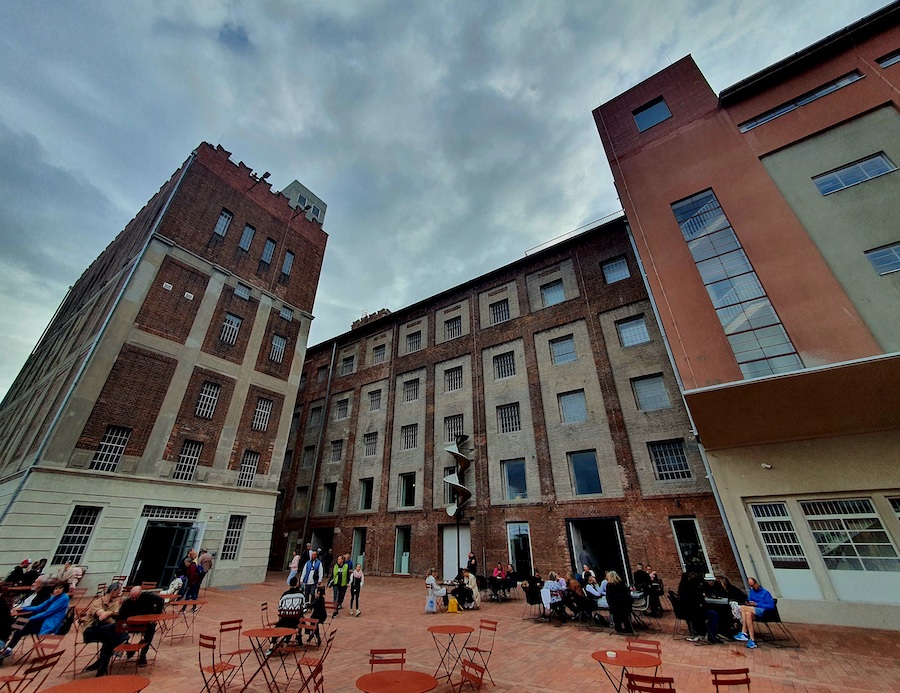
Travel to the center of the Earth or the eye of a tornado. No worries In the Pardubice region, they also have a new Planeta Hlinsko Educational Center starting this summer. It cost 30 million crowns and children in particular can get to know the Earth as a planet in detail. You can look and sometimes touch the lithosphere, atmosphere, hydrosphere, parts of the universe or the origin and center of the Earth. It is also possible to experience the water cycle or stand in the eye of a tornado.
Look at the trains. Progressively
This year they opened a special Museum of TT models in Chocna. On 200 square meters, they present trains, railway vehicles, buildings, railway yards, etc. In addition to history, the exhibition also shows the technological development of the field, including great social progress since the second half of the 20th century. All of this with the aim of awakening interest in railways among both young and old visitors and to get children even more excited about studying technical fields.
